
SEO guide series 2020
Content Marketing and Advertising Strategies
By definition Content Marketing is a Lead Generation & Nurturing Strategy used to improve Brand Awareness to a clearly defined Audience. Content Marketing is not the same thing as Content. It is Customer-Focused with an intent to Inform, Educate and Inspire the Target Audience to continue their Buyer’s Journey.
What is Content Marketing?
History of Content Marketing
On December 19, 1732, Benjamin Franklin of Philadelphia first published Poor Richard’s Almanack. Facing heavy competition from similar publications, Franklin took the unusual and controversial approach of injecting witty, unexpected entries between standard tables of tides, planetary motion, weather predictions and other facts. Commonly credited with being the first example of content marketing, Franklin created and promoted content that his audience wanted to read as a way to increase awareness of his local printing business.
Traditional marketers have long used content to disseminate information about a brand and build a brand’s reputation. Taking advantage of technological advances in transportation and communication, business owners started to apply content marketing techniques in the late 19th century. They also attempted to build connections with their customers.

In advertising his almanacs Franklin offered enticing previews of their contents. He attracted the attention of his competitors and the public with Swiftian hoaxes, predicting to the very hour and minute when his principal rival Titan Leeds would die, and assuring Jerman’s readers that the stars themselves foretold that their favorite philomath would rejoin the Church of Rome. He retained the public’s interest and won its support by printing a great number of verses, proverbs, and aphorisms, more pointed, humorous, and memorable than those in any other almanac.
Why is it important to business?
It’s no secret that traditional forms of marketing, which interrupt audience members, are less effective than they once were for reaching prospects and converting leads into customers. That’s why content marketing has become a popular way for businesses to reach and engage their target audience.
By providing audience members with useful content to educate them on your products and services — and show them how those products and services effectively solve their pain points and challenges — you can increase conversions, improve brand awareness, boost revenue, and more.
Today, big brands dominate the web, and social media platforms have supplanted traditional advertising vehicles. It’s virtually impossible to succeed as a B2C or B2B enterprise without leveraging content marketing in its modern form.

One of the reasons some companies have hesitated to allocate resources to content marketing is that it can be difficult to really understand the benefits of content marketing. Getting people to think more highly of your business certainly sounds great, but the results are quite nebulous. In this case, it helps to begin thinking about just how many benefits content marketing can bring.
A critical factor in your content marketing is relevance. What are your customer’s challenges, pain points, and needs? Well-written, insightful content draws your audience in and sets you up as a thought leader.
Content Formats and Distribution Channels
How Content is Delivered
As new marketing tactics, channels and formats pop-up almost every day, marketers must constantly choose between sticking with the strategies that have been working for them already, or trying the new approaches that everyone’s raving about.
Sharpen your SEO skills with this great ebook. Just click on the ebook above or CLICK HERE
The medium, however, provides little to no value to the end-user without the information and experiences that make up the content. Communication theory philosopher Marshall McLuhan famously coined the phrase, “The medium is the message.”[3] In the case of content, the channel through which information is delivered, the “medium”, affects how the end user perceives content, the “message”.
Content can be delivered via many different media including the Internet, cinema, television, radio, smartphones, audio CDs, books, e-books, magazines, and live events, such as speeches, conferences, and stage performances.
Creating a successful content marketing strategy also requires that you use various types of content.
While you don’t want to overwhelm your content-creation department, you also don’t want to limit yourself to just blog posts. You want to create content that reaches different audiences.
Some of your audience members might prefer blog posts, while others want to watch YouTube videos or interact on Twitter.

Content Formats
Many businesses find that creating content that’s relevant for their audience is one of their biggest challenges in content marketing.
For your content to be effective it’s vital that you not only choose topics that will resonate with your audience, but also that you publish content in a format that has the best chance of being consumed and shared.
Different types of content can help you connect with different customers in a number of ways. In many cases,a variety of content types is ideal for reaching and connecting with users at different points of the digital sales funnel.

These are the eight most popular types of content marketing you can create for your readers and customers.
1. Blog Posts
If you haven’t already noticed, you’re currently reading a blog post. Blog posts live on a website and should be published regularly in order to attract new visitors.
No company is too small to not blog and no company is too large, although it’s important to do it right.
Blogging should be used as an awareness-stage piece of content that educates your audience and answers questions and pain points they may have, so be sure you check all of these boxes before you start:
Know Your Audience
Your blog’s success depends heavily on whether or not you are delivering the content your audience is interested in. Your blog-posting strategy needs to revolve around topics that establish you as a thought leader in the industry. Also, when you post content that resonates with your audience, it’ll lead to increased conversions.
You can find out whom you need to develop content for via the following ways:
- Tailor content to what your buyer personas want to see.
- Develop surveys to see what interests your audience.
- Monitor your previous content to see what performed well and what didn’t.
Blog Consistently
Establishing a routine as part of your blog-posting strategy is a must. Your readers will become used to seeing your content consistently and on a schedule. You’re at risk for losing your audience if you decide to take breaks from posting, so stick to the publishing calendar.
Blogging consistently also helps with SEO because search engines prefer fresh content. Aside from the increase in long-tail keywords, you will see a decrease in your bounce rate with more time spent per visitor on your site.
How to Optimize Blog Posts
Strategically Link
Including internal and external links is important for your blog posts.
Internal links will increase traffic and rankings for SEO as well as establish you as a thought leader in your space. External links help establish credibility and maybe even an opportunity for them to link to you as well. It is also important to ensure these links are natural for a reader and you aren’t adding in a link for the sake of it.
Consider building out a link-building campaign to help beef up your link profile.
Do Keyword Research
Keyword research is a fundamental part of your blog-posting strategy. Quality content is favored by search engines, but if you aren’t using words that people are searching for, your blog won’t perform as well as it can.

There are many tools out there to help you in your keyword research. It’s also important to use more long-tail keywords, meaning phrases with three to four words that are specific to your topic.
You may have great ideas, but finding out what questions are being asked directly from prospects, customers, or others online will help ensure you are writing blog posts that actually answer real questions your audience is asking.
Be Picky About Images
Your blog post isn’t just about the copy—the image is also important.
A blog post that is visually appealing will see more engagement; it also helps you increase traffic from image search engines (just be sure to include an alt tag).
Consider if charts or graphs help illustrate the story. Recruit a graphic designer if need be to create an infographic. We are a visual culture, and social media is becoming more image-centric, so it is important to include a visual in each and every post for maximum views.
Utilize CTAs
All of your blog posts need to be action-driven; there should be something that entices the reader to become a lead.

Calls to action (CTAs) can be visual or just plain text, but they must be related to the blog post in some way; otherwise, you will see a low conversion rate on your posts. Although most CTAs tend to be located at the bottom of a blog post, play around with the placement to see what works best for your company.
Plan Your Promotion
In order to increase your reach of your blog posts, you need to share them across social media channels. Sending out one tweet about your new post isn’t going to cut it either. There needs to be multiple messages scheduled per platform that your company is on. Invite your employees to share the posts to increase your reach even further, and add them to the automatic blog notifications so that they get an email whenever a new blog post comes out.
Keep in mind that different social channels have different peak times for sharing, as well as what should be included in that message. Paid social advertising is also a great idea to help build your blog audience. Just make sure you’re keeping track of posts that are performing well (and not so well) so that you can continuously improve.
2. Ebooks
One unique strength of eBooks is that they’re downloadable. Instead of feeling like yet another blog post or video, a downloadable eBook feels far more like a real object of value.
This means you can use eBooks as lead generation tools, offering your users the chance to opt in with their contact information in exchange for your information. Writing an eBook also gives you the ability to showcase your authority on a subject in greater level of depth than a blog post allows. For marketers an eBook is an opportunity to give detailed insight on an area of expertise, enhance their reputation and most importantly to generate new leads.

CLICK HERE
The popularity and perceived value of eBooks has made them a favourite of online marketers. In fact, digital marketing expert Neil Patel lists eBooks second on his list of ways to create lead generating content, behind data-driven case studies.
Despite these benefits, the eBook format can still seem a little daunting to marketers and that’s mostly because of the perception that eBooks are reserved for professional publishers and authors who make their living from writing books. This article will highlight the main differences between a marketing eBook and a traditional eBook in an effort to dispel some of the myths that are holding marketers back from launching their own eBook campaign.
Format
There are a range of different file types for an eBook including epub, mobi, PDF and HTML5 to name but a few. While this can seem confusing at first it is important to remember that you do not need to publish in all of these formats – you should choose the one that best suits your content, your business goals and your audience. For example, if you wanted to include embedded video in your eBook then you should avoid PDF as it doesn’t support multimedia elements.

Here’s a quick overview of each format:
The PDF format is familiar to most people, is easy to produce and is used for a wide range of things online, not just eBooks.
Pro: Full control of design and no specialist software required to read.
Con: Not multimedia friendly and file sizes can be quite large.
HTML5
This format is more commonly used for websites so like PDFs it is not an eBook only format.
Pro: Fast loading times and opportunity to add interactive elements.
Con: Not always available to download and store offline.
Mobi
This is the file format of the most popular eBook reader – the Kindle.
Pro: You can sell your eBooks on the Kindle store.
Con: People will need a Kindle to read your book.
Epub
Most traditional eBooks are published in this open source format.
Pro: Relatively easy to create.
Con: Limited options for engaging design.
Marketing eBooks are most commonly seen in the pdf or HTML5 format as they don’t require specialist software in order to read them. This helps to maximise the audience for your book as you won’t be excluding anyone who doesn’t own an eBook reader.
Use your eBook to strengthen your brand
In today’s marketing landscape, brand trust and authority is everything. In fact, studies suggest that 63% of customers would only buy from an authentic brand. That’s a difficult statistic to ignore.
One of the best ways to show people how trustworthy you are is by creating an eBook on a subject that they care about and answering their questions or concerns in a creative, engaging way.
When brainstorming for your eBook, consult your buyer personas to examine your customers’ wants, needs and desires. Can’t think of a subject for your eBook? One great way to discover eBook opportunities is to use Google to search for topics your competitors haven’t yet written about.
For example, we typed “eBook writing” into Google as a search keyword, only to find that there are only two recent resources directly related to the subject. Both were less than 2,000 words in length and only covered the basics of writing and publishing an eBook.
As a writer, there are two areas you should focus on when creating your first eBook:
- Content. Make sure each chapter you produce provides a unique takeaway and concludes with a concise call to action. Emails with a single call-to-action increase clicks by up to 371%, highlighting the need for strong copy that engages your users.
- Design. As Hubspot’s Pamela Vaughan puts it, a consistent brand style guide will give all of your publications a “more professional, branded look which translates into a sense of credibility.”
One example of the perfect marriage between compelling content and strong design comes in the form of this Definitive Guide to Lead Scoring.


Use an eBook as the heart of your marketing campaign
With Google switching to mobile-first indexing, there’s still huge value in short and medium form blog posts. However, when it comes to complex topics, users tend to opt for longer form content over shorter, simpler blog posts.
According to Neil Patel, 1500 to 3000+ word blog posts drive more traffic and, as a result, more conversions. It seems that today’s users prefer content that’s more detailed and packed with value.
Creating an eBook that’s built around the theme of your marketing campaign lets you showcase your authority on the subject, all while giving you a huge resource from which you can extract and repurpose content.
By taking the best and most relevant chapters of your eBook and using the existing content to produce blog posts, promotional emails, infographics, videos and podcasts, you stand to drive engagement, generate leads and produce conversions without extra effort.
You’ll want to tweak and tailor the content to fit the medium on which you’re promoting it, but this will take considerably less time than creating fresh content for your campaign.
Not only does repurposing content from your eBook let you enjoy optimal ROI from your hard work; you’ll also be able to cross promote the eBook in the process, expanding your reach and building valuable brand awareness.
Use an eBook to build an email marketing list
A targeted email list can help you to communicate with your audience effectively, but growing your list can be tough.
Due to the perceived value of an eBook, potential customers are more likely to give up their contact details in return for the information you have to offer.
A recent study shows that email marketing produces the 3rd best ROI of any marketing channel, so building a healthy list is a great gateway to gaining more conversions.
Once you’ve created your eBook, you can build an SEO optimised landing page on your website with a call to action to sign up in return for your free eBook.
Once your landing page has been published, you can also take to social media to promote your eBook and encourage your target audience to opt in. 92% of consumers trust the recommendations of their peers over regular online ads. Promoting your eBook via social media makes it far easier to build the social proof that creates trust and inspires people to opt-in and receive your content.
With a combination of social media marketing, informational blog posts though content repurposing and landing page optimisation, your eBook can grow into a powerful lead generation tool.
Modern web users want a brand that’s human, that they can trust and a that can connect with them on a personal level. If you’re looking to improve your content marketing efforts this year, build brand awareness and drive more conversions than ever before, creating an eBook and using it as an integral part of your content marketing campaign is a great strategy.
3. Case Studies
In the content marketing realm, there are dozens of types of content you could use to build your reputation, grow an audience, and make more money. Blog posts are the most common, and visual formats like infographics and videos yield a high ROI, but if you want to see the best results, it pays to invest in more in-depth material.
Original research offers many benefits — it’s unique and valuable, but the downside is that it takes a lot of time (or a lot of money, or both) to produce. So what about a hybrid, which constitutes elements of original research in a more digestible, easier-to-produce package?
This is where case studies come into play.
The Idea
Case studies are essentially analyses of a given situation to demonstrate an effect; generally, this means showcasing a client before, during, and after you provided services for them. For example, if you’re a sales consultant, you might write a case study about how one of your biggest clients was struggling with sales, explaining exactly what you did, and what results you saw from your efforts.
You could also write a case study about a cause and effect that exists outside your own offerings; these lose the benefit of promoting your services, but are also seen as more neutrally informative and trustworthy.
Case studies come in a variety of forms, ranging from a single page to several pages, and incorporating both written and visual elements.
Benefits
So what are the benefits of writing a case study?
· Audience targeting. Because your case study will likely involve describing the cause of — and solution to — a common problem faced by your target demographic, case studies are naturally adept at targeting and appealing to your target audience. The people who end up reading your case studies will be the people most likely to buy from you.
· Natural keyword targeting. The language you use throughout the case study, including your descriptions of the problem, will naturally fall in line with the types of keywords and phrases your users will be searching for. This makes things easy if you’re trying to optimize your site for user intent. Obviously, you’ll still want to research keyword volumes and competition ratings, but it never hurts to have an extra boost in a cluster of long-tail keyword phrases.
· Detailed information. Case studies are often filled with detailed information, usually spanning several pages. Length isn’t a direct indicator of content quality, but concise descriptions and statistics are almost always valuable to your readership. Because case studies verge on the border of original research, this makes them exceptionally valuable to your audience.
· Service promotion. In most case studies, you’ll write about a client that you’ve done business with; as long as you’ve done a good job, and can prove it, this makes case studies the ultimate opportunity to promote yourself. You’ll have clearly described what you do for your clients, and you’ll have established your credibility (since you have a named client reference, and data to back you up).
· Call to action. The end of your case studies is a perfect opportunity to place a call-to-action (CTA). With readers already thinking about their own problems, and what you can do to solve them, they’ll be far more inclined to reach out for more information.
Comparison to Other Types of Content
Are case studies more valuable than other types of content? There are too many variables to give a concise answer, but case studies do tend to be more detailed and more specific than other types of content, and they’re evergreen, so they’ll stay relevant longer.

They also do a better job of directly addressing common client concerns, and have a built-in call-to-action (CTA). For those reasons, when executed properly, case studies can yield a higher ROI than your typical blog post. Just keep in mind they also take longer to produce, they require the willing participation of a subject, and they can fall flat if you don’t prioritize their quality.

Key Factors for Success
Assuming you’re ready to write a case study, make sure you follow these important tenets for success:
· Do your research. Before you write the case study, do some research to see what other, similar case studies are out there, and educate yourself on the topic (if you aren’t already familiar). You need to come off as an expert, and only foreknowledge can help you do that.
· Show off your brand voice. Despite being a formal piece of research, you should still show off your brand personality. Keep a consistent brand voice, true to your core brand, throughout the piece.
· Include measurable stats. People are more easily persuaded by citable, numerical information. Include as many statistics as you can to prove your points.
· Get client quotes. Make sure you get permission from your clients before you reference them in your case study, and if you can, cement your reputation by getting them to leave a quote about you for other prospective clients to read.
· Offer in multiple formats. When you publish your case study, make it available in multiple formats, including text on your website and in downloadable PDF form. The more opportunities people have to read your case study, the better.
· Avoid overt self-promotion. Though case studies are a good opportunity to promote yourself, there’s a line you should be wary of crossing. If you advertise yourself too explicitly, you’ll lose trust, or may seem tacky in others’ eyes.
Ultimately, case studies are a valuable and high-returning addition to your content portfolio, especially if you have significant client work to show off in an informative and engaging way. These aren’t throwaway pieces, so invest some serious time and effort if you want them to succeed.
4.Templates
Templates are a handy content format to try because they generate leads for you while providing tremendous value to your audience. When you provide your audience with template tools to save them time and help them succeed, they’re more likely to keep engaging with your content in the future.
5. Infographics
What is an infographic? Though infographics have become a go-to marketing tool over the last decade, we still commonly receive questions about the various terms used to describe this field of design. What is the difference between data visualization, information design, visual content, and infographics? The confusion is understandable. Many of the labels thrown around not only overlap but can be open to individual interpretation. It gets tricky.
What Is an Infographic?
Well, let’s start with the word itself. “Infographic” is a portmanteau of the words “information” and “graphic.” In essence, an infographic is a form of visual communication meant to capture attention and enhance comprehension. In this era, “infographic” has become the broadest descriptor of a specific type of visual communication that includes graphics showing data, copy, or both. You’ve probably come across infographics in magazines, online, or on the wall at your doctor’s office.
Example: This educational infographic for the American Heart Association is an overview of atrial fibrillation.

The word “infographic” has experienced a meteoric rise in popularity over the last decade, largely due to the use of this medium for both branded and editorial content on the web. But as the buzz surrounding this word has grown, so have the arguments about the real answer to the question, “What is an infographic?” There are many schools of thought, but we believe the term should remain open and inclusive as the medium evolves.
What Are the Different Types of Infographics?
While there are many different presentations of infographics, there are three general categories that infographics can fall into:
- Data visualization
- Information design
- Editorial infographics
Each serves its own purpose and can be a powerful storytelling tool—when applied properly. Let’s explore the difference between them.
1) Data Visualization Infographics
You may be familiar with data visualization in the form of basic charts and graphs. Data visualization is simply a visual representation of data. We consider it an artistic science, as it uses design aesthetics to increase data comprehension, synthesis, and ultimately recall. Whether you’re looking at meta patterns or single data points, data visualization translates that data into a visual language you can easily and instantly understand.
In the age of big data, this is especially important. We need to both make sense of numbers and be able to easily share the story they tell.
In application, the practice of data visualization is the most numbers-heavy—and typically is what a purist would describe as a “true” infographic. But, as with all infographic design, the display method is rooted in the context and desired message.
Example: This GOOD infographic features classic data visualization in the form of bar charts, pie charts, and graphs.

Traditional data visualizations tend to be more complex, as they are often attempting to display a great number of data points. In some cases, though, data visualization graphics functionally serve only as art pieces, if no specific message can be extracted.
When properly executed, however, data visualizations should be both beautiful and meaningful, allowing the viewer to decipher data and recognize trends while admiring the aesthetic appeal.
2) Information Design Infographics
Information design is a subset of graphic design that focuses on the display of information efficiently and effectively. It’s a broad category, encompassing many functional design disciplines.
It differs from data visualization because it is not made from specific data points but rather concepts or other information, such as process, anatomy, chronology, or hierarchy.
Example: This piece of information design by GOOD compares prison food to school lunches.

In your day-to-day life, you may encounter information design in the form of flowcharts, organizational diagrams, or timelines, clarifying structure and order in a way not possible solely using text. Instructional diagrams, anatomical illustration, and some applications of cartography would also fall under this label.
Example: This map by AppliedTrust uses geographic information design.

For information design, the goal is to use design to communicate a message that is both clear and universal.
3) Editorial Infographics
Although major publications have been featuring infographics for decades, there is a shift in the style and type of visual content they are producing. This trend has also been spurred by the rise of social. Infographics have become highly shareable content, so publications are embracing the medium to better engage readers.
Previously, editorial infographics were limited to simple bars, lines, and pie charts, using illustration solely in more complex features to map an area or show the anatomy of an object.
Example: A classic editorial infographic from USA Today.

But there has been a dramatic increase in the number of publications utilizing graphic content to replace more traditional editorial features.
Example: A GOOD Magazine infographic on gun ownership.

This adoption has also spread into the commercial sector, with many start-ups and larger corporate blogs using graphic content or “charticles” to display thought-leadership within an industry and bring attention to their site.
While some of these infographics can cross the fine line over to advertorial, the good ones do not. The value of editorial content is best realized when providing interesting insight from uniquely informed sources.
This doesn’t mean that infographics aren’t an incredibly valuable tool in marketing. They are, but they are most powerful and effective when they present an editorial narrative vs. a branded message.
6. Videos
YouTube is the second largest search engine next to Google — and it’s a free platform owned by Google. (SEO hint: YouTube plays well with Google!) If you want to boost your SEO with content marketing, and you aren’t utilizing video as part of your content marketing strategy, you are missing a big piece of the pie.
Videos are a highly engaging content medium and are shareable across social media platforms and websites alike. Videos require a bigger investment of time and resources than written content, but as visual marketing increases in popularity — after all, it’s 40X more likely to get shared on social media than other types of content — it’s a medium worth experimenting with.
HubSpot Research recently found that video is the most preferred form of content. Video also captures people’s attention more than any other content format.
Video is one of the most powerful means of distributing your message. When executed well, video is efficient and effective. YouTube is a platform for distributing your video messaging, but it is also a social network, meaning content you post on YouTube can easily be shared across numerous social networks.
Simply put, the more engagement (views, shares, comments, etc.) your videos receive, the higher they will rank in search engine results. This data can be easily be analyzed on YouTube in a number of ways.
YouTube tracks the number of views on any given video, the sources of traffic to each video, demographics of a video’s audience, and social shares.
- View Count
How many times has your video been viewed across the web? This number accounts for total views for your video, so even if that content has been embedded on another website, YouTube will still track views on each video. - Traffic Source
How are your videos found? Like Google Analytics, YouTube allows you to view the traffic sources for each video. This is important for determining what works and what doesn’t work to drive traffic. - Demographics
Age, gender and geographic locations of an audience are critical pieces of information to any marketing department. Who is your content reaching? Do you need to adjust content to reach your target audience? - Social Shares
How many times and across what networks is your content being shared?
YouTube makes it easy to not only share your video content, but to track its success across the web. Utilizing the analytics tools provided will allow you to fine-tune your content marketing plan to reach your target audience.
7. Podcasts
When you think of content, a majority of marketers think visually-based products, like blog posts, whitepapers, infographics, videos, and other interactive content. However, audio-based content is seeing a rise in popularity, specifically with the resurgence of the podcast. For those who aren’t hip with the latest millennial trends, podcasts are digital audio files that discuss a predetermined topic and are usually available as a series, which are released to subscribers in installments online.
How popular are podcasts? According to Statista, very! Over 100 million Americans listened to podcasts in the past month, and that number continues to grow. It’s clear that the resurgence of podcasts is not a passing fad, but rather a unique way to approach and deliver content to an ever-growing audience of highly educated and affluent users. Innovative marketers are beginning to tap into this demographic by creating podcasts of their own. To help you decide if podcasts should become a component of your content marketing strategy, here’s a look at the benefits they can offer your business, as well as a few examples of successful business podcasts.
4 Benefits a Company Podcast Provides:
Here are a few of the advantages that developing a company podcast can offer your business:
– Help Develop the Authoritative Presence of Your Brand. One of the top benefits a business podcast provides is the further development of the authoritative presence of your brand. The same way whitepapers and blog posts work to establish your brand as a thought leader and authoritative source in your industry, podcasts do as well. Creating a podcast that touches on the topics and trends that are important and relevant to your consumers builds trust, from the consumer’s perspective, that you are an expert on the topic. This leads consumers to trust the opinion, advice, and content provided by your business, which can be used to boost conversions and improve customer retention.
– Expand Your Audience Reach. Creating a podcast for your business greatly expands your current audience reach. This is because audio-based content in the form of a podcast introduces your business to an entirely new kind of audience. Podcast subscribers tend to be highly educated and affluent, according to The Podcast Consumer 2016 study by Edison Research. These are consumers that other means of content typically can’t reach, meaning there is greater potential for leads and conversions from new consumers through a podcast than through a blog post. The market for podcasts is also less saturated with competitors, which means the consumers you’re targeting have a better chance of discovering your podcast content organically.
– Boost Brand Awareness and Loyalty. By implementing podcasts into your content marketing strategy and regularly posting them, your business also boosts brand awareness and loyalty among consumers. Your business podcast serves as an advertisement of your expertise and in-depth knowledge on various subjects related to your industry and can highlight various products or services you offer. By consuming this content, listeners become more familiar with your business and more loyal since you provide them with something they need. This helps to improve customer retention rates and boost conversions driven by customer referrals to your business.
– Affordability and Simplicity. As with any other digital marketing strategy, ROI is an important aspect to consider before pursuing new types of content marketing. Podcasts are not only simple and easy to create, but they are also affordable. All you need is a computer, microphone, and an interesting topic in order to create a podcast. Minimal investment needed for the creation of your company podcast means more net revenue, which is always good for business.
In addition to that, podcasts are simple and easy to create, which means you can pump out more quality content in less time. Rather than having gaps throughout the week while your content writers are writing the next blog post or whitepaper, you can easily supplement this with a podcast. This allows your business to have constant content creation, which means higher search engine rankings and better odds your target audience will find your content organically.
3 Businesses with Successful Podcasts:
Struggling to determine what a successful podcast entails? Here are a few widely successful podcasts from businesses and brands to give you some inspiration for your own version:
– HubSpot’s The Growth Show: HubSpot, the well-known inbound marketing and sales software company, launched their own podcast called “The Growth Show.” This podcast’s target audience is business leaders looking to grow their companies. The weekly show covers everything the audience wants to hear, from topics on growing a company to growing a team. Tuning in to a few shows is a great way to learn how an effective podcast is made, a few best practices concerning podcasts, and how to effectively cover topics for a niche market.
– TEDTalks Audio Podcasts: Almost everyone knows and loves TEDTalks. The insightful and impactful video lectures created by TED, whose motto is “Ideas worth spreading,” have gone viral and educated the public on topics ranging from the future of money to the importance of strangeness. Rather that having these lectures solely available in a visual format, the forward-thinking business has also made them available in audio podcasts. This has expanded the reach of their content and allowed them to connect with listeners who prefer the audio format, furthering the awareness of their brand and authoritative reputation.
– VaynerMedia’s #AskGaryVee: Another great example of taking visual content and repurposing it for audio-only consumption is the CEO of VaynerMedia’s podcast, entitled #AskGaryVee. This is an excellent example of an interactive podcast that engages the audience by taking questions from listeners on marketing, entrepreneurship, and social media and having Gary Vaynerchuk, the CEO of VaynerMedia, answer them. Originally made for YouTube, the content has now been repurposed and reformatted for audio-only consumption which has helped expand the audience reach and boost engagement. If your business is already creating video-based content, repurposing it for audio-only consumption in the form of a podcast is an excellent way to expand the reach of that content.
Looking Ahead:
As podcasts continue to grow in popularity, more and more businesses will begin to offer their own branded podcast in an attempt to tap into the enviable demographic that primarily consumes this content. Incorporating a podcast into your content marketing strategy is a cost-effective way to help develop the authoritative presence of your business, expand your current audience reach, and boost brand awareness and loyalty.
8. Social Media
For a time, social media and content marketing may have seemed interchangeable, but they are actually quite different. Though there can be quite a bit of overlap, the easiest way to think about their relationship is that content is needed to drive social media, while social media is most essential during two key content marketing processes:
- Listening to your audience to understand what they care about, so you can create content that they will find engaging and relevant
- Distributing content (from your business, as well as from others — i.e., Andrew Davis’s 4-1-1 approach)
In short, you really can’t have one without the other.
Successful social media starts with solid content marketing processes
While any organization can use social media to listen — and there is no downside to that — before you actively set up your social media presence, you need some things in place:
- A content hub: Your blog or website should be a key component of your content marketing strategy (as well as your social media strategy), as this is where you would direct followers to forge a deeper relationship on a media platform that you own. As Joe Pulizzi and Robert Rose have discussed on their podcast, This Old Marketing, you need to stop building your content on rented land.
- Adequate resources to keep up a consistent presence: Having an outdated presence on a social platform looks far worse that not having a presence there at all. Before committing to a platform, make sure you have the resources you need to consistently update your content there.
- A content plan: You need to understand why you are communicating on a given platform, and what you will deliver there. More details on the key elements of the plan are below.
Key tip: If you are new to aligning your content marketing and social media efforts, it’s best to start small. Consider the top social platforms (Twitter, LinkedIn, Facebook, and YouTube), and see where the largest concentration of your target audience members are congregating.
Here is a look at how marketers in various industries and geographies use social media to distribute content.

The key elements of a social media content plan
As mentioned above, for best results, you need to have a dedicated plan for every channel you intend to distribute social media content on. Just because you can share something on every channel there is, doesn’t mean that you should.
To create a basic social media plan, answer these questions for every channel you are considering:
What is the goal of this channel?
You need to have a reason to be on every channel on which you decide to publish content. “To gain followers” is not a viable reason, in and of itself, but “to gain followers on Facebook to drive brand awareness and traffic back to our website” can be. The important part here is that your content on the channel will serve as a means to convert the viewer into taking the next step in your desired purchase process — i.e., move them from Facebook follower to website viewer, email subscriber, event attendee, or whatever conversion goal you choose.
What is the desired action?
Similar to the point above, you need to figure out what you want someone to do in each channel. Share? Comment? Visit your website? Register for something?
What is the specific type of content the audience wants to get in this channel?
Customize the content you distribute on each channel. Consider what messages are appropriate for each channel and create a message you think will resonate with that specific audience. Think about the kind of informational needs people in this channel have and how you can help. Will you primarily publish text, images, or video? Check out last week’s post for more guidance on choosing the best topics and formats for your audience.
What is the right tone for this channel?
As you consider the topics and content formats in each channel, it’s critical to determine what the overall tone for the channel should be. Friendly? Fun? Conversational? Professional?
What is the ideal velocity?
It’s a smart idea to understand how often you want to publish content in each channel. How many posts do you want to publish per day/week? What time of day is best? You’ll have different cadences depending on if you are sending/responding to tweets, updating your Facebook status or publishing a new SlideShare, for example. Our team has found that posting on Facebook once or twice a day, monitoring Twitter all day, and spending time each day on LinkedIn works best for some new companies. But every company is different, so you will want to spend some time determining the schedule that’s likely to work best for you and your customers.
Key tip: Let your goals dictate the decisions you make in regard to social media content. For example, if the goal of your content marketing plan is to increase email subscribers, would it really make sense to broadcast all your blog posts on Facebook and Twitter? What reason would readers have to subscribe to your email program if they can get the same information on the social channels they already visit regularly? Think about how you can tweak and repurpose the content you share on your social networks, both as it applies to your goals for the channel and to your overarching business objectives.
Content Distribution Channels
Although the content distribution process happens after you create your content, it should be step one of your content marketing strategy. You should know where and how you’re going to publish and promote your content before you put the proverbial pen to paper. Otherwise, your time and resources could go to waste.
Take a look at these content distribution statistics:
- 60% of marketers create one piece of content each day.
- 952 posts are published on Instagram each second.
- 8,726 tweets are posted to Twitter each second.
- Google answers 3.8 million search queries per minute.
As you can see, in recent years, we’ve seen a rapid influx of content … met with dwindling demand. With almost 4.5 million blog posts published every day, there’s only so much content we can consume. Marketing influencer Mark Schaefer argues that, because of this “content shock”, content marketing may not be a sustainable strategy for every business.
While I won’t agree or disagree with this theory, I will outline everything you need to know to successfully distribute your marketing content.
1 – Facebook
This is easily the largest social networking site in the world and one of the most widely used. And, Facebook was perhaps the first that surpassed the landmark of 1 billion user accounts.
Apart from the ability to network with friends and relatives, you can also access different Facebook apps to sell online and you can even market or promote your business, brand and products by using paid Facebook ads.
Recently Facebook has lost the trust of millions of its users by allowing 3rd parties to access over 87 million users’ personal data. This is a massive breach of trust and has created a feeling of unrest amongst the social media platform’s audience. So much so that there is now a #deletefacebook campaign where people are completely removing themselves from Facebook and using other networks instead. If you’re concerned about what Facebook is doing with your data, then why not check out my guide on alternatives to Facebook, and see if there’s a better place for you to interact with family and friends.
Number of active users per month: 1.59 billion approximately
2 – WhatsApp
Despite having been acquired by Facebook in 2014, this instant messaging platform exists as an independent entity.
It arrived on the scene much later than Facebook, but has been able to capture the imagination of millions of people across the world by giving them the ability to communicate and share instantly with individuals and groups. The WhatsApp call feature is just the icing on the cake!
Number of active users per month: 1 billion approximately
3- QQ
Tencent QQ (more popularly known as QQ) is an instant messaging (chat-based) social media platform. It became international (with more than 80 countries using it), after it was launched in China.
It can be used to stay in touch with friends through texts, video calls and voice chats. It even has a built-in translator to translate your chats. To find out more, head over to our Chinese Social Media stats page.
Number of active users per month: 853 million approximately
4 – WeChat
This is an all-in-one communications app for messaging and calling (similar to WhatsApp) that enables you to connect with the people of your choice. It was also developed by Tencent in China and can easily work alongside QQ. As per the BI intelligence report, the number of WeChat users are fast catching up with the number of WhatsApp users.
Related article: WeChat keyboard shortcuts
Number of active users per month: 697 million approximately
5 – QZone
Like QQ and WeChat, QZone is yet another social networking service developed by Tencent. It enables you to share photos, watch videos, listen to songs, write blogs, maintain diaries and so on. It also empowers you to choose the accessories and customize the look and feel of your QZone webpages.
Number of active users per month: 640 million approximately
6 – Tumblr
Having been owned by Yahoo since 2013, Tumblr serves as a social media blogging platform that can be used to find and follow things that you like. You can also use it to post anything, including multimedia, to a short-form blog. Moreover, it gives you the flexibility to customize almost everything.
Number of active users per month: 555 million approximately
7 – Instagram
Instagram was launched as a unique social networking platform that was completely based on sharing photos and videos. This photo sharing social networking app thus enables you to capture the best moments of your life, with your phone’s camera or any other camera, and convert them into works of art.
This is possible because Instagram allows you to apply multiple filters to your photos and you can easily post them to other popular social networking sites, such as Facebook and Twitter. It is now part of the Facebook empire. Learn how to grow your Instagram audience.
Number of active users per month: 400 million approximately
8 – Twitter
This social networking site enables you to post short text messages (called tweets), containing a limited number of characters (up to 280), to convey your message to the world. With the growing craze for online shopping, Twitter also makes it possible to promote your businesses and even shop directly through tweets. Learn how to create the perfect Twitter profile.
Number of active users per month: 320 million approximately
9 – Google+ ( No Longer Available )

Owned by the tech giant Alphabet (Google), this interest-based social networking platform enables you to stay in touch with people by sharing messages, photos, videos, useful links to sites and so on. It also extends support for video conferencing through Hangouts and allows businesses to promote their brands and products through Google+ business pages.
Number of active users: 300 million approximately
10 – Baidu Tieba
Offered by Baidu of China, a search engine company, Baidu Tieba (known as Postbar internationally) is a social forum network based on the keyword searches in the Baidu search engine. This discussion forum works on the unique concept of allowing you to create a social network group for a specific topic, using the search, or even to join an existing online social group.
Number of active users per month: 300 million approximately
11 – Skype
Skype, owned by Microsoft, is one of the most popular communication-based social networking platforms. It allows you to connect with people through voice calls, video calls (using a webcam) and text messaging. You can even conduct group conference calls. And, the best part is that Skype-to-Skype calls are free and can be used to communicate with anyone, located in any part of the world, over the internet.
Number of active users per month: 300 million approximately
12 – Viber
This multi-lingual social platform, which is available in more than 30 languages, is known for its instant text messaging and voice messaging capabilities. You can also share photos and videos and audio messages, using Viber. It offers you the ability to call non-Viber users through a feature named Viber Out.
Number of active users per month: 249 million approximately
13 – Sina Weibo
This is a highly popular microblogging social platform in China that is known for its hybrid mix of Twitter’s and Facebook’s features.
Number of active users per month: 222 million approximately
14 – LINE
LINE is a globally available messaging social network that enables you to share photos, videos, text messages and even audio messages or files. In addition, it allows you to make voice and video calls at any time of the day.
Number of active users per month: 215 million approximately
15 – Snapchat
This is an image messaging social platform that enables you to chat with friends by using pictures. It allows you to explore news and even check out live stories that are happening around the world.
Want to learn more?Everything you need to know about Snapchat
Number of active users per month: 200 million approximately
16 – YY
YY is a major video-based social networking platform in China that enables group video chats. In such chats, more than 100,000 members can watch a single person doing an activity. Such an activity can be anything from giving a tutorial video to singing karaoke, which helps the users earn virtual currency that they can later convert into cash.
Number of active users per month: 122 million approximately
17 – VKontakte (VK)
VK is one of the largest social networking platforms in Russia and has quite similar features to Facebook.
Number of active users per month: 100 million approximately
18 – Pinterest
This is a photo sharing and visual bookmarking social media site or app that enables you to find new ideas for your projects and save them. So, you can do DIY tasks or home improvement projects, plan your travel agenda and so on by using Pinterest.
Number of active users per month: 100 million approximately
19- LinkedIn

LinkedIn is easily one of the most popular professional social networking sites or apps and is available in over 20 languages. It is used across the globe by all types of professionals and serves as an ideal platform to connect with different businesses, locate and hire ideal candidates, and more. It boasts over 400 million members.
Number of active users per month: 100 million approximately
20 – Telegram

This instant messaging network is similar to WhatsApp and is available across platforms in more than eight languages. However, Telegram has always focused more on the privacy and security of the messages you send over the internet by using its platform. So, it empowers you to send messages that are encrypted and self-destructive. This encryption feature has only just been made available for WhatsApp, whereas Telegram has always provided it.
Number of active users per month: 100 million approximately
21 – Reddit

This social media platform enables you to submit content and later vote for the content. The voting determines whether the content moves up or down, which is ultimately organized based on the areas of interest (known as subreddits).
Number of active users per month: 100 million approximately
22 – Taringa

Taringa is one of the largest social networking platform in Latin America and allows users to share their experiences, content and more.
Number of active users: 75 million approximately
23 – Foursquare
![]()
This is a local search- and discovery-based social media platform that enables you to find the ideal places (based on your location) to go to with friends and loved ones. It also gives appropriate search results for the best food outlets, night entertainment places and more in your area. The social networking feature is now available in a separate app named Swarm.
Number of active users: 40 million approximately
24 – Renren

This is the largest social networking site in China and is literally a platform for everyone. It has been highly popular with the youth due to its similarity to Facebook, as it allows users to easily connect with others, quickly share thoughts and posts, and even update their moods.
Number of active users per month: More than 30 million approximately
25 – Tagged

This is a great social media site based on friendship and dating and, in 2011, it acquired another social networking platform called hi5. It enables you to socialise with others through games, browsing profiles, common interests and so on.
Number of active users: 25 million approximately
26 – Badoo

This dating-based social networking site operates in more than 200 countries. It shares details about people nearby in your area and even about people whom you may have bumped into in real life.
Number of active users per month: 20 million approximately
27 – Myspace

This is a music-focused social networking site and provides an interactive and user-submitted network of friends. It also provides blogs, groups, personal profiles, pictures, videos and so on.
Number of active users: 20 million approximately
28 – StumbleUpon

StumbleUpon is an intelligent social networking platform that finds or discovers content and recommends the same to its users. You are thus empowered to discover webpages, images, videos and so on and then rate them as per your interest and taste.
Number of active users: 25 million approximately
29 – The Dots

the-dots.com is a networking platform that helps everyone involved in the creative process connect, collaborate and commercialise helping build a stronger, more profitable and diverse creative sector. Born out of a genuine passion to make the creative industries more open and meritocratic, founder Pip Jamieson launched the platform in the UK in 2014.
30 – Kiwibox
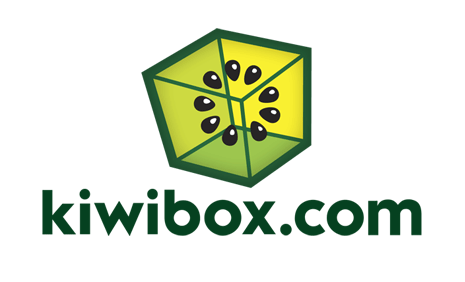
This is a community-based social networking site, especially for those who live in New York. It offers an online magazine to target teens through fashion tips, advice and chat. It also allows young adults to let everyone know about their skills and interests.
31 – Skyrock

Skyrock is a French social networking site that offers its users a free and personal web space to create and post blogs, add profiles and exchange messages. Apart from French and English, it is also available in five other languages.
32 – Delicious
It is known for being the leading social bookmarking service. Having been launched in 2003, Delicious is ideal for storing, sharing and discovering web bookmarks. It also allows its users to tag them with any keywords.
33 – Snapfish
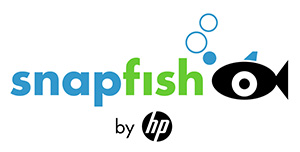
Snapfish is a web-based photo sharing social networking site that offers unlimited storage to its members for uploading photos. You can thus put away your storage space concerns for your vast collection of images.
34 – ReverbNation
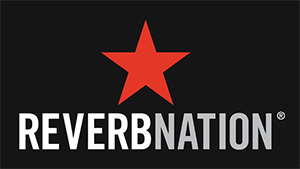
This is the ideal social networking platform for musicians and professionals to connect with others in the music industry. It offers different tools to musicians to manage their careers and offers them the right access to their music industry partners and fans.
35 – Flixster

This is an American social networking site for people who love movies and want to connect with like-minded people by sharing their movie reviews and ratings. Its users are likely to learn about movies and get information about new movies.
36 – Care2
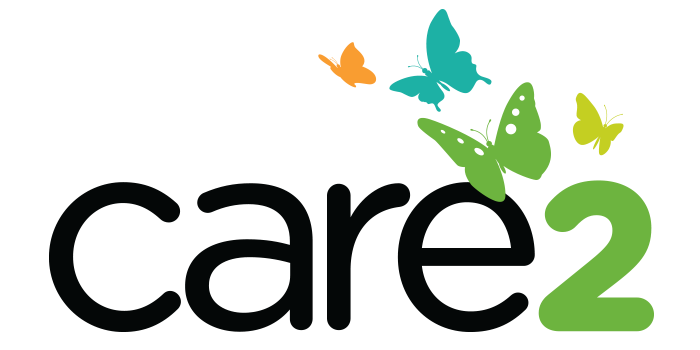
This social media site helps activists connect around the globe with similar individuals, businesses and organisations that are making an impact on society. It also encourages people to lead a healthy and green lifestyle.
37 – CafeMom

This ad-supported social networking website is a community for mothers and mothers-to-be that enables them to get support and advice on various topics, such as pregnancy, fashion, health and food. It also helps them learn from the experiences of other mothers.
38 – Ravelry

Ravelry is a community-based social network that is targeted at people who are interested in fibre arts, such as spinning, knitting, weaving and crocheting. Such people can share their own collections, different ideas and learn from the experiences of other members for better collaboration possibilities.
39 – Nextdoor

This is a private social networking platform for neighbourhoods in the US. The objective is pretty simple: allowing users to get connected with the people in their area.
40 – Wayn

Wayn is a travel- and lifestyle-based social networking platform and offers its users the ability to discover where to go, what to do and how to meet like-minded people to share their experiences.
41 – Cellufun

This social gaming community can easily be accessed on the move from any mobile device. With this mobile gaming-based social network, users can socialise, create avatars, play games and purchase virtual goods.
42 – YouTube

YouTube is the world’s largest video-sharing social networking site that enables users to upload and share videos, view them, comment on them and like them. This social network is accessible across the globe and even enables users to create a YouTube channel where they can upload all their personally recorded videos to showcase to their friends and followers.
43 – Vine

This is an entertainment-based, short-form video sharing social media site where members can easily share videos that are six seconds long. It belongs to the Twitter family and allows easy integration with other social networking platforms to share and watch videos.
44 – Classmates

Classmates allows users to find, connect and keep in touch with friends and acquaintances from school and college. It is also possible for users to upload their yearbook from their school years.
45 – MyHeritage

This is an online genealogy social platform which supports more than 42 languages and empowers its users to create family trees, upload and browse through family photos and manage their own family history. It could also be used by people to find their ancestors and get more information about them.
46 – Viadeo
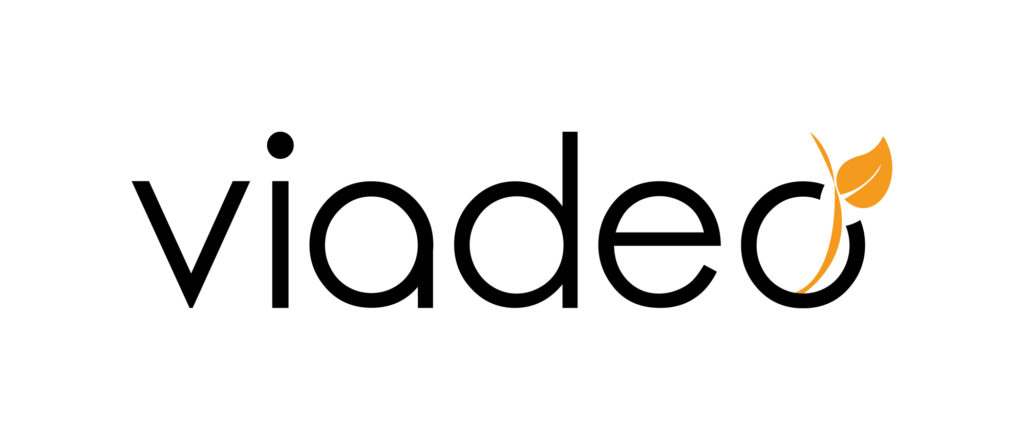
Viadeo is an online business-based social networking site that helps business people, mostly those in Europe, connect with one another. It is available in about different languages.
47 – Xing

This professional social networking site offers features that are similar to LinkedIn’s features, with its main users based in Switzerland, Austria and Germany. However, it is unique in the sense that it enables closed group discussions between the members of a certain company or business.
48 – Xanga

This blogging-based social networking platform hosts weblogs, photo blogs and social networking profiles for its users.
49 – LiveJournal

This San Francisco-based social networking site is available in Russia, as Zhivoy Zhurnal or Zhe Zhe. It enables users to maintain a diary, blog or journal, along with privacy controls.
50 – Friendster
Friendster was previously a social networking site to find friends and stay in touch, but is now a social gaming network for game lovers in Asia.
51 – Funny or Die

This comedy video social website is aimed at bringing together the funniest videos from the web. Celebrities follow this social platform a lot and it enables users to share, upload and rate videos.
52 – Gaia Online

Gaia Online is an anime-themed social networking and forums-based website. It gives users access to avatars, virtual world, games and so on.
53 – We Heart It
![]()
This photo-sharing social media site, which is available in more than 20 languages, is ideal for users’ daily dose of inspiration or motivation. It enables users to view and share highly inspirational images with their friends.
54 – Buzznet

This social media site allows users to share content on the basis of their personal interests in the form of videos, photos and journals. It also seamlessly integrates with Facebook.
55 – DeviantArt

DeviantArt is regarded as the largest online social networking community for art lovers and artists. It enables users to take photos of their artwork and share them with others.
56 – Flickr

This is another highly popular photo-sharing website. It serves as a platform to upload numerous high quality images, especially by photographers or people who love photography. It is also an efficient online photo management and sharing service.
57 – MeetMe

Formerly known as myYearbook, MeetMe is aimed at users who want to find new friends and chat with them. This makes it highly popular among teens and young students.
58 – Meetup

This social networking portal enables you to find groups of like-minded people, who have similar interest to you, near your locality (anywhere in the world). It also facilitates offline group meetings and you can become a part of such groups and their discussions.
59 – Tout

Tout is a social networking cum micro-blogging platform that allows you to view and share videos that are 15 seconds long. The videos that are shared on this platform are known as touts.
60 – Mixi

This is a popular Japanese social networking service that has around 20 million active users. It enables you to connect with your friends and loved ones in a convenient way and even based on your areas of interest.
61 – Douban

This Chinese social networking site has something for registered as well as unregistered users. It enables registered users to record information and create content based on music, films, books and events in the cities of China. Unregistered users of Douban can find reviews and ratings of books, music and movies.
62 – Vero
Vero says that its “a social network for anyone who loves anything enough to share it – and wants control over who they share it with. Just like we do in real life.”
Vero is a subscription based social network which has no ads and does not collect any personal user data. It’s a great alternative to Facebook as has some really lovely features. It’s a totally different model to Facebook in the sense that Facebook needs user data in order to make money from them.
Vero does collect some usage data which is used to see how often the app is used. Another great thing about the usage data they collect is how its displayed to you. Vero want to address the issue of social media addiction.
63 – Quora
Quora is a place where people can share and gain knowledge by asking and answering questions.
64 – Spreely

Spreely is a social media platform that is free from censorship and free from shadow bans. The name “Spreely” is made up from Speak & Freely, and promotes freedom of speech for all its users.
65 – Discord

Discord is one of the most popular platforms right now with over 250 million users, and is growing with at least a million every week. It’s designed for gamers to voice and text chat. It’s 100% free, secure, and works on both your desktop and phone. A great free alternative to the premium services such as TeamSpeak.
66 – TikTok

TikTok is insanely popular with the kids these days. If you’re under 16 then this is the place to be.
TikTok is a social video app that allows its users to share short videos. There’s plenty of stickers, filters and augmented reality features to add to your videos. It was the 4th most downloaded app in 2018 and looks like it’ll top that list in 2020.
TikTok is know in China as Douyin, which means “Vibrating Sound”. Available on iOS and Android, TikTok is popular for creating short music videos of between 3 and 15 seconds. You can also create short looping videos of between 3 and 60 seconds.
Alternative Search Engines
When we talk about SEO and search engines, we instantly think of Google. But did you know there are lots of alternative search engines out there with just as much to offer.
1. Bing
Microsoft’s Bing is the second largest search engine after Google.
It’s easy to use and provides a more visual experience with beautiful daily background photos. Bing is great for video searches, as it displays results as large thumbnails that can be previewed with sound by hovering over them.
Just like Google, Bing is full of internal features like currency conversion, translation, and flight tracking, making it a really versatile tool that holds its own in the global market. Make sure to read the in-depth guide on Bing Webmaster Tools.
While you’re likely familiar with Bing, you might not know that it offers a Rewards scheme. When you shop or search through Bing, you earn points that can be put towards purchasing apps and movies, which is pretty handy.
2. DuckDuckGo
DuckDuckGo is a popular search engine for those who value their privacy and are put off by the thought of their every query being tracked and logged.
It has a very clean interface with minimal ads and infinite scrolling, so the user experience is nice and streamlined. There’s absolutely zero user tracking, and you can even add DuckDuckGo’s extension to your browser to keep your activity private.
The search engine has a really useful feature called bangs, which allows you to search directly within another website from DuckDuckGo by typing a prefix. For example, typing “!ebay magic the gathering” would take you directly to eBay’s search results for the query “magic the gathering”.
3. Yahoo!
Yahoo has been around for even longer than Google, and while some see it as outdated, it’s still the third most popular search engine worldwide. It’s even the default search engine for Firefox.
One of the great things about Yahoo is that it’s so much more than just a search engine. Yahoo’s web portal offers email, news, online shopping, games and more, giving a well-rounded user experience in one place.
Its integration with Flickr, Yahoo Answers, and Yahoo Finance mean that it offers better image results and huge amounts of information on various topics.
(Suggested reading: “SEO Breakthrough“)
4. Ask
Once known as Ask Jeeves, the simple question-and-answer format of Ask allows for natural-language searches. This makes it very user-friendly, especially for those who are less familiar with search engines such as older computer users.
The search results also display frequently asked questions that are related to your search term, which can provide handy resources and help you to further your search.
5. Baidu
Baidu is the leading search engine in China, with a share of over 70% of China’s internet market. Although in Mandarin, it is strikingly similar to Google. It looks similar in terms of design, it is monetized through ads and it uses rich snippets in search results.
However, Baidu is heavily censored. Certain images and even pro-democracy websites are blocked on the search engine.
6. WolframAlpha
WolframAlpha is a privately owned search engine that allows you to “compute expert-level answers using Wolfram’s breakthrough algorithms, knowledgebase, and AI technology.”
It’s designed to deliver expert knowledge and is categorized into Mathematics, Science & Technology, Society & Culture, and Everyday Life. Within these are various subcategories and useful tools that allow you to compute data, research statistics and find expert answers to your questions (you’ll see an example in a minute).
Along with being a hub of expert knowledge, WolframAlpha doesn’t track your searches, offering peace of mind when it comes to privacy.
7. Boardreader
Boardreader is a search engine for forums and message boards. It allows you to search forums and then filter down results by date and language.
It’s a useful tool for doing content research as it makes it very easy to find content written by real users within the topic. If you aren’t familiar with the niche in order to know the best forum to visit, Boardreader can be a good place to start.
8. StartPage
A bit like DuckDuckGo, StartPage was founded with strict user privacy at its core. It doesn’t track or store any of your data. It also doesn’t target ads based on your browsing behaviors.
Startpage claims to be “The world’s most private search engine”. You’ll be able to get similar results to those you’d see from a completely private Google search.
As well as being a search engine, Startpage offers a proxy service that allows you to browse websites anonymously for improved online safety. They even have a custom URL generator that means you can browse without the need to set cookies.
All of this is presented in a smart, clean interface that can be set to various themes, including Night Mode, providing a super-functional user interface.
9. Ecosia
Heavy search engine usage does have an environmental impact on CO2 emissions. That’s where Ecosia comes in: the CO2 neutral alternative search engine.
For every search made (powered by Bing), the revenue generated goes towards its tree-planting scheme. On average, roughly 45 searches are needed to make a single tree.
10. Qwant
Based in France, Qwant is a privacy-based search engine that won’t record your searches or use your personal details for advertising.
The user-friendly interface categorizes your search results into web, news and social, and there’s even a dedicated music section that uses AI to help you search for lyrics and discover new music.
It uses a quick-search function where you can enter “&” in front of the name of a website (or a dedicated shortcode) to see external search results instantly. For example, “&w” or “&wikipedia” allows you to immediately access results from Wikipedia directly from Qwant.
11. Search Encrypt
Another privacy-based search engine is Search Encrypt, which uses local encryption to ensure that users’ identifiable information cannot be tracked.
As a metasearch engine, Search Encrypt gets its results from a network of search partners, providing well-rounded results that aren’t personalized to your history.
A really interesting feature of this search engine is that it automatically erases your local browsing history after 15 minutes of inactivity. This means that you never have to worry about your privacy, even if someone else has access to your computer.
12. SearX
Offering unbiased results from several sources, SearX is a metasearch engine that aims to present a free, decentralized view of the internet.
It’s an open source search engine that is available to everyone for a source code review, as well as contributions on GitHub. There’s even the option to customize it and host it on your server as your own search engine.
SearX offers many preferences and settings that can’t be found on other search engines, giving great usability and fast, precise results.
13. Yandex
As the fifth most popular search engine worldwide, Yandex is used extensively in its native Russia, where it holds around 60% of the search engine market share.
It provides a very similar service to Google, and you can search websites, images, videos, and news in a user-friendly layout. With additional features including mobile apps, maps, translation, cloud storage and more, Yandex offers just as much functionality but with a cleaner interface.
14. Gibiru
Gibiru’s tagline is “Unfiltered private search” and that’s exactly what it offers.
By downloading its AnonymoX Firefox add-on, all of your searches are sent through a proxy IP address. This provides you with private and unbiased search results and ensures that other computer users won’t be able to track your history.
Search queries aren’t saved on Gibiru’s servers and the records are erased within seconds of the search being performed.
15. Disconnect Search
Disconnect allows you to conduct anonymous searches through a search engine of your choice.
When you enter a search term, your query is rerouted and anonymized through Disconnect’s servers before being passed on to the search engine you selected. This allows you to use your favorite search engine without any privacy issues.
Disconnect also offers browser extensions and apps that allow you to block tracking sites, load pages faster, view advertising requests and many more privacy-based functions.
16. Yippy
Yippy is another great choice for privacy, as it doesn’t track your searches or show customized adverts. It allows you to search different types of content including websites, images, news, jobs, blogs, and government data.
While it doesn’t give you a huge amount of results for your query, Yippy also allows you to filter the results using a variety of categories such as source, time, or topics to give you the most relevant websites.
17. Swisscows
Swisscows provides fully encrypted searches to protect your privacy and security. It doesn’t store personal data, IP addresses or search queries, and its servers are based in Switzerland, which has some of the world’s strictest privacy policies.
It’s particularly popular with parents who want to give their children a safe search experience, as its built-in filter for pornography and violence can’t be overridden.
It uses semantic information recognition to offer intuitive answers to search queries, and data pools to generate answers quickly and efficiently. The innovative semantic map shows other relevant or popular queries, helping to give you even more information.
18. Lukol
Lukol is an anonymous search engine that serves results from Google but maintains your privacy by removing any traceable elements.
This means that you can still benefit from Google’s search power without worrying about being tracked. Lukol ensures the full anonymity of your searches and helps to keep you safe by protecting you from misleading or inappropriate sites.
In terms of functionality, it’s quite a simple search engine. You can choose from web, images, news, and videos for your search, but there aren’t any options to filter results.
19. MetaGer
MetaGer offers “Privacy Protected Search & Find” through its anonymized search. They are a nonprofit organization, so they have nothing to gain by tracking your searches, and they only use green energy, adding to the sense of trust.
MetaGer is a metasearch engine that queries up to 50 external search engines, giving variety and depth to its results. It does not take click-through rate into account when it processes a query, so results are unfiltered and unbiased. They even offer maps and route-planning without tracking your location.
You can also download a plugin that sets MetaGer as your default search engine and start page to ensure your searches always remain private.
20. Gigablast
Gigablast is a private search engine that indexes millions of websites and servers real-time information without tracking your data, keeping you hidden from marketers and spammers.
It’s not the most attractive search engine out there, but it offers a variety of options for filtering or personalizing your query, including searching by language, exact phrase, and file type. Along with web, news, and images, Gigablast also offers a directory and a comprehensive advanced search function.
21. Oscobo
Oscobo is a search engine that protects your privacy while you search the web. By not using any third-party tools or scripts, your data is protected from hacking and misuse.
By encrypting all traffic, it delivers anonymous search results without any form of tracking, including IP addresses and cookies. Oscobo won’t send the search term to the site that you click on or share your personal data or search history.
You can search by web, images, videos, and maps for great usability. There is also a Chrome extension that allows you to search privately from the Chrome bar for easy access to secure queries.
Advertising Content Strategies
The Strategic Role of Content Marketing
Content marketing is an umbrella term. This means that it can be used for numerous reasons and can mean many things to many people. It’s less tangible than search engine marketing, for instance. This is exactly the reason why you need to think about the strategic role of content marketing within your organization and its ecosystem. Without a content marketing strategy, you risk focusing on the content – and content strategy – too much and not seeing the overall goals anymore. In fact, this is one of the most crucial and deadly mistakes in content marketing.
In the ‘modern’ approach of content marketing, where more people look at the role of content in branding, reach, engagement, social and SEO. Especially in a pure branding, reach and engagement approach, organizations look less at buyer personas but rather at audiences. Nevertheless, such a view requires a content marketing strategy as well. Unless your company lives from website traffic, a pure publishing model without an overall strategy makes no sense. It’s also advisable to not look at content marketing from the pure social and search context.

What is a Content Marketing Strategy?
A content marketing strategy is a roadmap that not only tells you what content pieces you’re going to create, but how you’re going to create them, promote them—and ultimately use your content to attract, retain and convert more readers and viewers into customers for your business.
1. GOAL

Every content marketing strategy starts with the goal. How are you going to measure the success of your campaign? Is it with traffic? New subscribers? App downloads? Conversions? Social shares and engagement? Video views? Podcast downloads? Sales?
Goals should be written down and ideally visible across teams, since you rarely work in a vacuum. Performance stats should be visible too, because transparency is a winning ticket.
Note that you always, always, always need a feedback loop, to measure what works and what doesn’t. Without that you cannot hope to function properly, nor maximise your chances of success. Nor, for that matter, demonstrate ROI (or the lack of it).
When it comes to goals, there are three main things to sort out…
Mission statement. This is your elevator pitch, and can probably be condensed into a sentence or so. You want to cram as much meaning and clarity in these few words as possible, to quickly answer questions such as “why are we investing in content marketing?”
Targets. You can use tools to set, assign and monitor goals, or just put something together in Google Docs and share it with whoever needs to see it.
Metrics. Once clearly defined goals and targets have been set you can take some measurements and track metrics as you move forwards. Set up your analytics reports and monitor performance as you progress.
To keep your goals clear, ensure that every content piece builds toward meeting those goals and organizes them in a hierarchical fashion. Start with goals related to your overall vision and mission before moving on to identifying long- and short-term goals your Content Marketing can help accomplish. Long-term strategic goals should take precedence over specific operational goals in your plan.
Don’t forget that your Content Marketing goals should contribute to the achievement of your business goals and be linked to the global marketing strategy of your company.
2. Tactical Research
Once you know what your goals are, you can figure out how to go about achieving them. This is where tactics come into play.

Research. Gut feel is a fine place to start, but tactics should be based around insight, rather than opinions. This calls for some research. Use whatever sources of data and information you can to build up a picture of the world according to your target audience.
Audience research. Figure out needs, where they like to hang out, what makes them tick, what they respond to, which competitors they talk about, who their friends are, who they respect… that kind of stuff.
Customer research. You need to know who your existing customers are before finding similar people. How do customers interact with your brand? What works?
Competitor research. It’s worth having a sniff around but there’s no need to obsess over competitor activity. Worry about your own game. Planning is a natural extension of worrying.
Personas and user journeys. Put together some personas, user stories, customer journeys, and make sure everybody is aware of the paths you want visitors to take.
Keyword research. This is rather more audience-centric than the foundational technical SEO basics, such as making your site fast. Search queries reflect consumer intent, and it is your job to create the kind of content that ranks well for target phrases.
Keyword research works best when it is truly strategic, with content mapped to specific business goals. Your content comes only after you have defined and prioritised your keyword wishlist. Or you’re doing it wrong.
Incidentally, I pretty much live by Dan Shure’s brilliant article on using the Keyword Planner in a creative way.
Funnel. How do your customers actually become customers? Understand the various journeys through the funnel. See what’s working, and think about how your content can play a role at each stage.
Content mapping. Great, you’ve mapped content throughout the funnel, but happens after somebody has become a customer? Increasing retention and customer advocacy are two of the best things you can do in business, and your content can go a long way in supporting these primary business goals. Take ownership, if necessary.
Formats. After you’ve done your homework, you can start to think about the actual content. Thoughts will turn to the type of content you might create, and the formats you can use. What is possible, given your team, your budget and your platforms?
Distribution. Hold up, cowboy. Don’t let the tail wag the dog. In this case the tail is content. And the dog, well, that’s distribution. Simply put, why are you making a video when you haven’t given a moment’s thought to YouTube? And what feeds YouTube? Ah yeah, reddit does.
These channels are potentially going to be the difference between a small win in local circles and a global viral. Why wouldn’t you want to optimise your distribution channel strategy?
How will people find your article? What’s your social strategy? Are you going to do any paid distribution? How are you going to nail down some excellent Google placements?
Figure out how to get the best out of your main channels, and you’ll get way more bang for your buck from each piece of content.
SEO. The devs probably need to be informed about your preferred search setup. Right?
Once you’ve got this together it becomes much easier to direct your efforts, and change tack if necessary.
3. Document your Strategy

Like style guidelines, a content marketing strategy should be comprehensive and also concise. You want to cover likely eventualities and explain the basis of the strategy, but you also want to help prevent a new strategist or writer from spending the entirety of his or her first month reading it (and ensure they can actually remember the gist of it by the end).
Include an executive summary with your content marketing strategy. It will help you share your strategy with decision makers. It also gives you and your team a quick reference when questions come up.
Perhaps the most important thing about documenting your content marketing strategy is that it should be a living document. This flexibility helps when you realize that one of your goals is completely unachievable. Do you want to continue to try and support that goal or do you want to reassess and triage content’s new role? Exactly.
It doesn’t matter if you use a Google Doc or a typewritten manual as long as the strategy can be updated as needed and everyone who needs access can find it.
4. Content Analysis and Reporting
Whether it’s weekly, monthly, or quarterly, never leave your content without tracking the results. This can include monitoring view and click rates, reading customer comments and responses, or even tracking ecommerce stats in relation to your content releases. Data tracking will allow you to analyze the results of your content marketing efforts and learn what’s effective and what isn’t.

Content marketing is a creative endeavor – just as other types or marketing are – but data and analytics can inform content marketing just like they can paid, social, or affiliate.
Most current guides on analytics aren’t focused at content marketers. Rather, the examples and explanations are geared towards optimizers, paid acquisition marketers, and analysts.
In my opinion, every content marketer should be able to answer the following business questions using analytics:
- How effective are our current content marketing efforts according to analytics?
- What are the content marketing opportunities we’re missing as shown by analytics?
- How can we optimize our content marketing efforts in the near term?
- At what points in the funnel are we dropping users? Can we do anything to plug these holes (or work with a team who can)?
- Do we see trends or insights that tell us which types of content are most effective at attracting high value leads/customers?
- What can analytics show me about new content marketing ideas and campaigns?
Generally, data should be able to guide your decisions as a content marketer just as it should if you’re a paid marketer or SEO.
There’s no reason for content to be distanced from business metrics, and using data does not negate your ability to use creativity.
Data is a commodity. Information is a liability. Insight is an asset. Without truly looking for the insight hidden in the data and information, data alone can be misleading. Use data to help find the hidden truths behind customers’ intent, and then leverage that insight to accelerate growth.
We’ve heard it time and time again that content is king and distribution is queen. Yet when will more content marketers assign content analytics a title in the kingdom of content? Content analytics is one of the most important aspects of content marketing, but it tends to be ignored or barely analyzed despite its important role in the content manufacturing craze.
The bar needs to be raised for content analytics. It’s not a simple snapshot from analytics solutions such as Google Analytics. Content itself is a complex piece of information, so why are analysts looking at the most basic metrics for content analytics? Visitors, pageviews, time on page, and similar metrics that can usually be found on the main page or one level down on Google Analytics are generic. Using only those basic metrics as strong indicators of content is a superficial view of content as a whole.
A strong content performance analysis will be insightful and bring actionable metrics. Basically, a content performance analysis should result in more than “Ooohs” and “Aaahhhs” and actually answer the questions “What do these numbers really mean in relation to content?” and “Why should I care?”
That means that there should be a select few actionable metrics that analysts need to use to analyze content performance. If analysts have and consistently review hundreds and hundreds of metrics, it will be hard to gather any insight out of that large sea of metrics. So by focusing on the strong go-to metrics, analysts will be able to measure the effectiveness of content and know what content should be created.













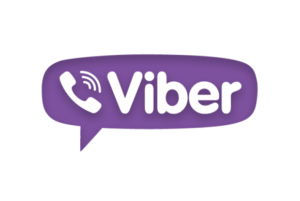








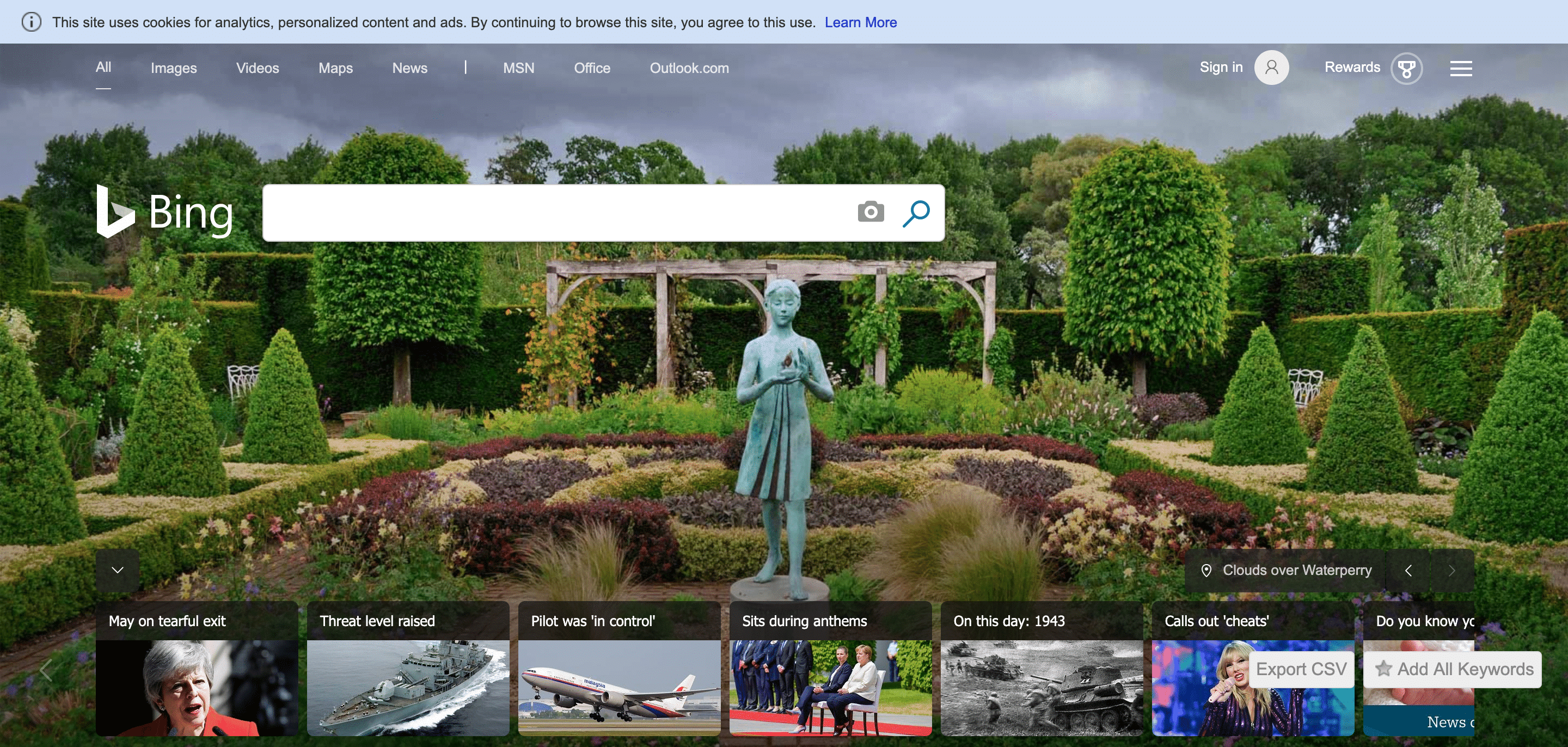
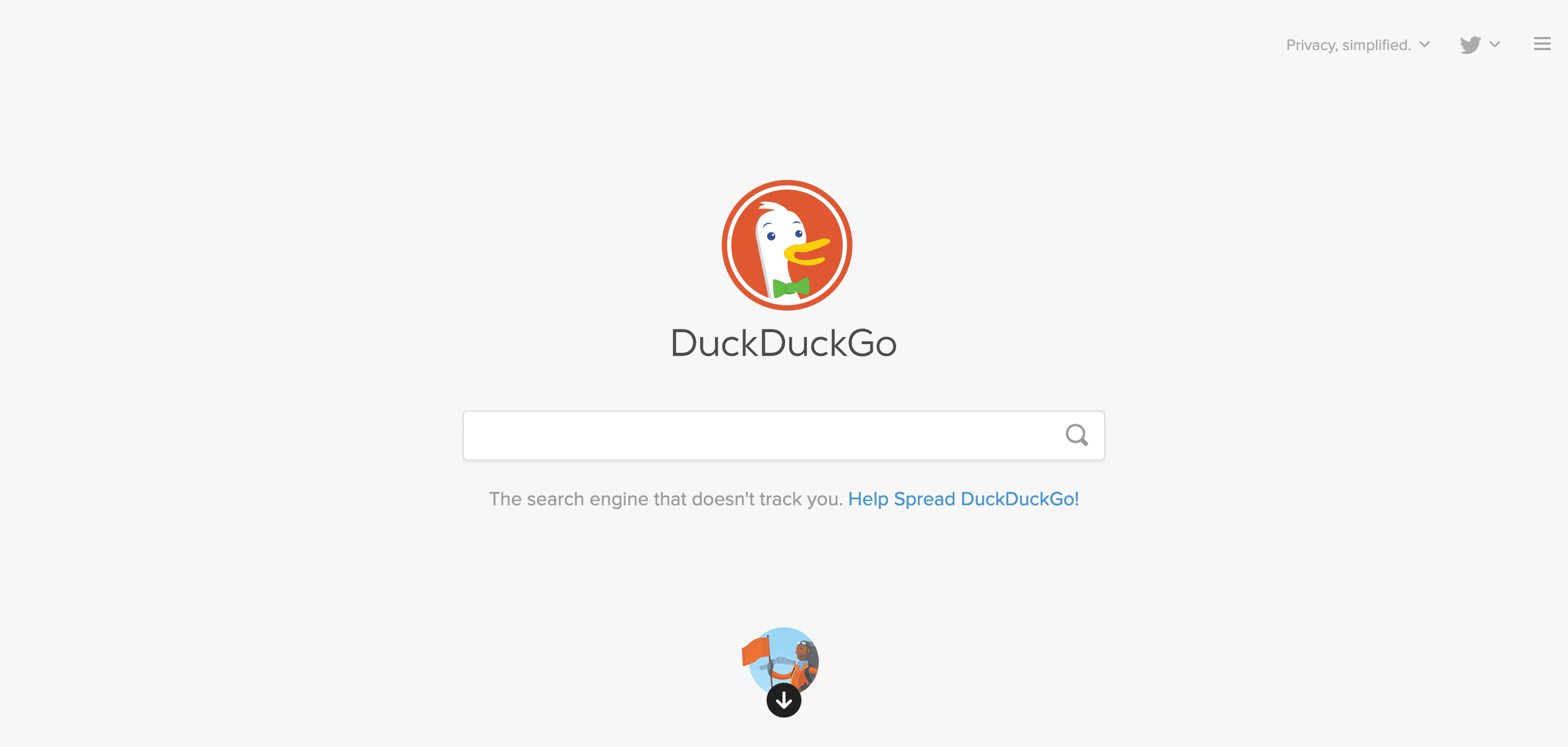

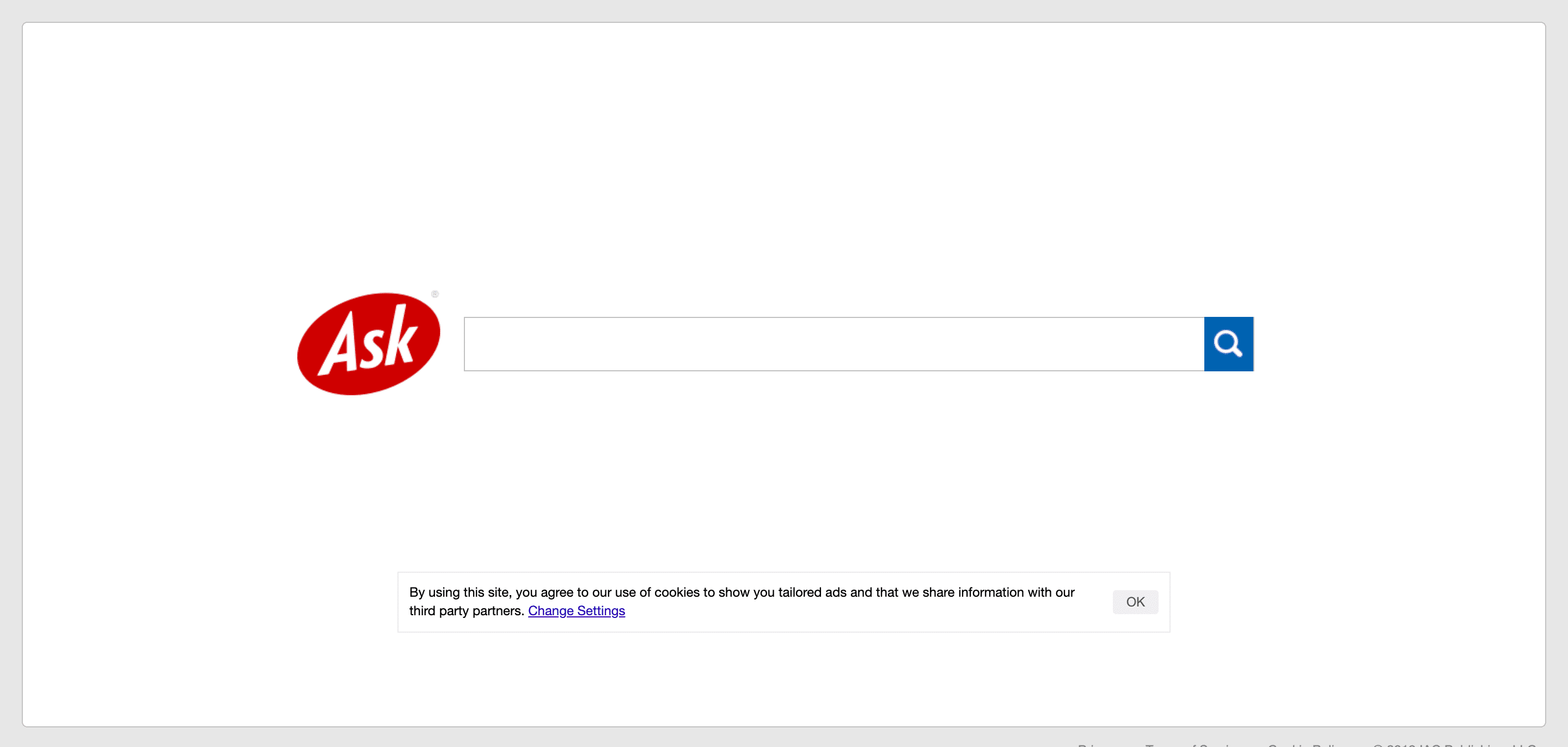

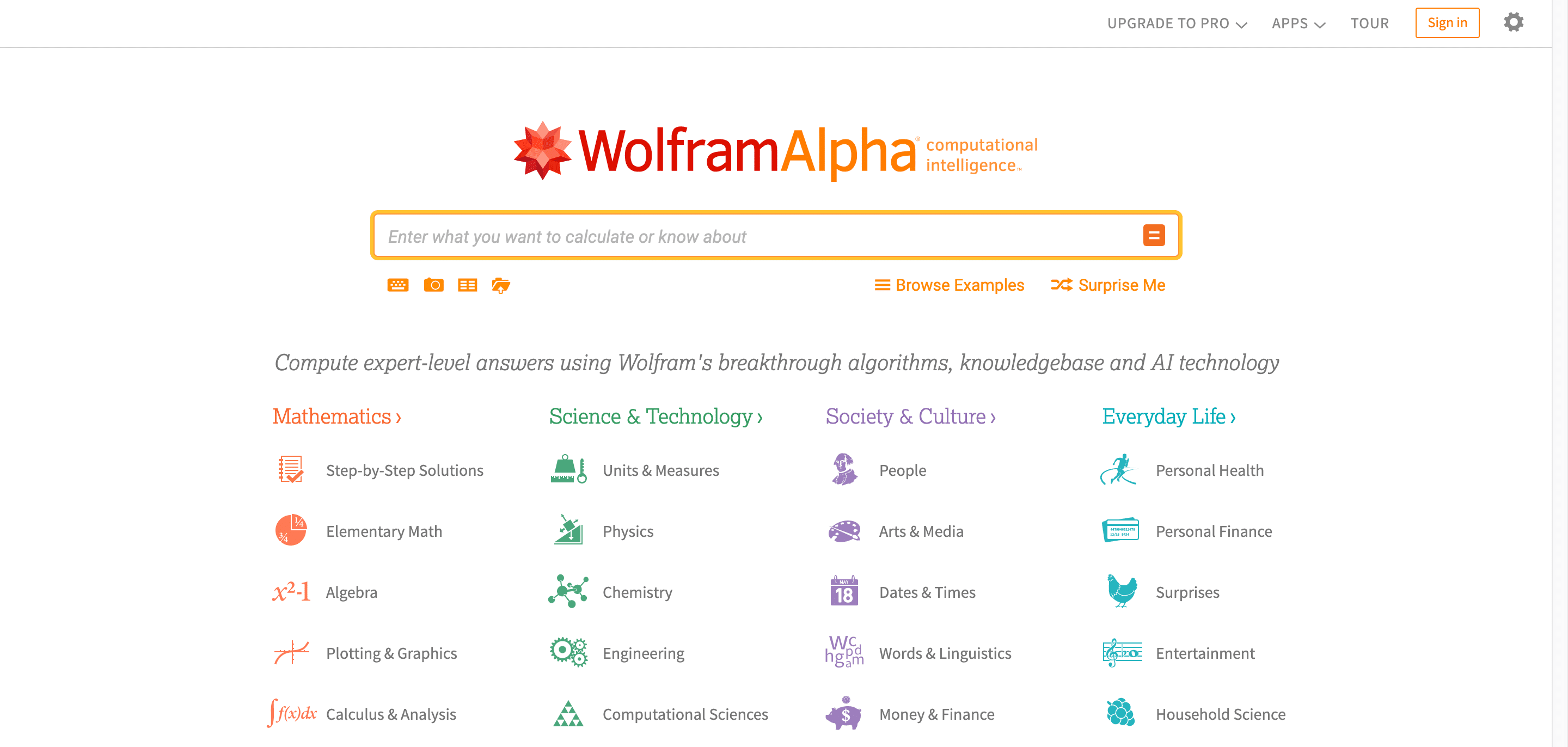

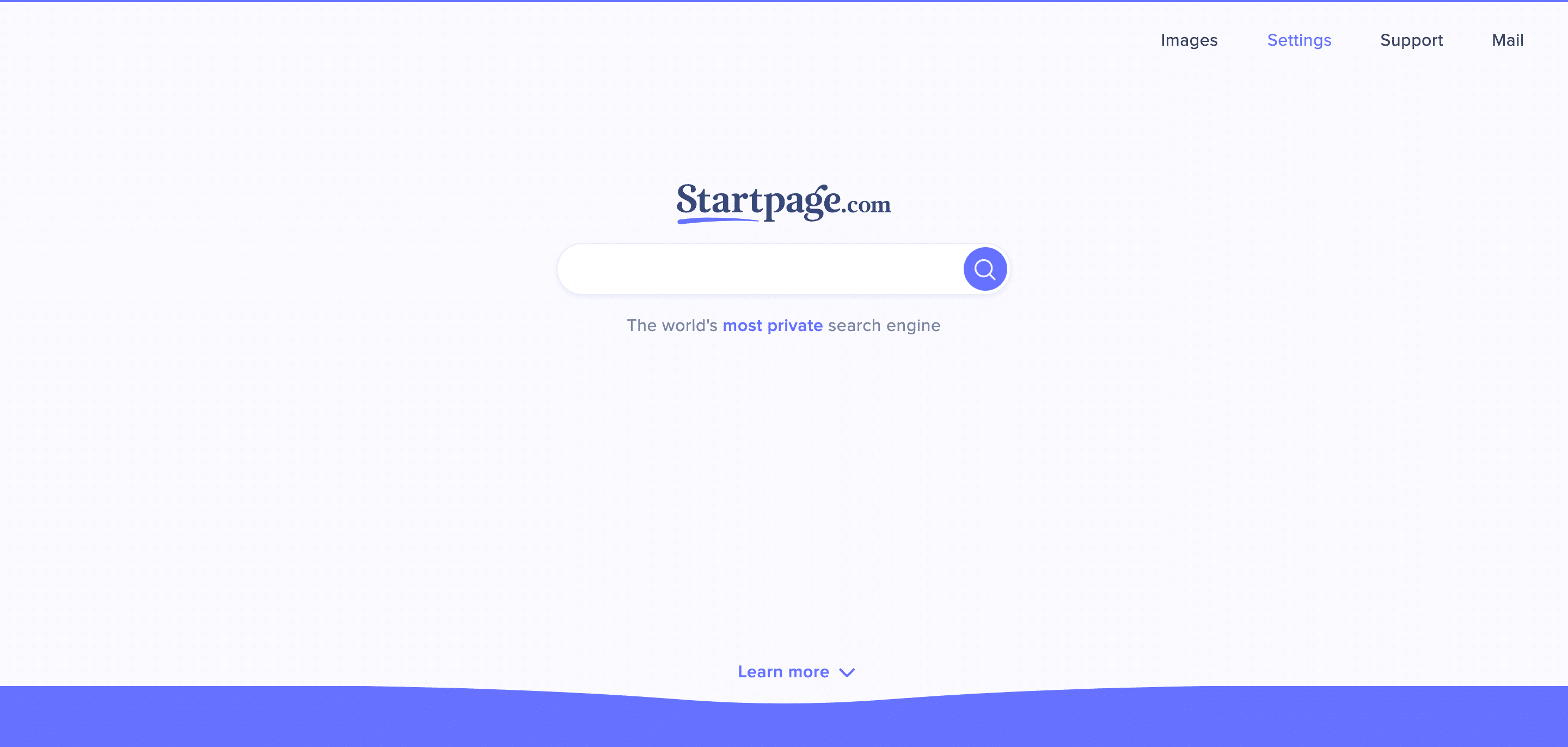
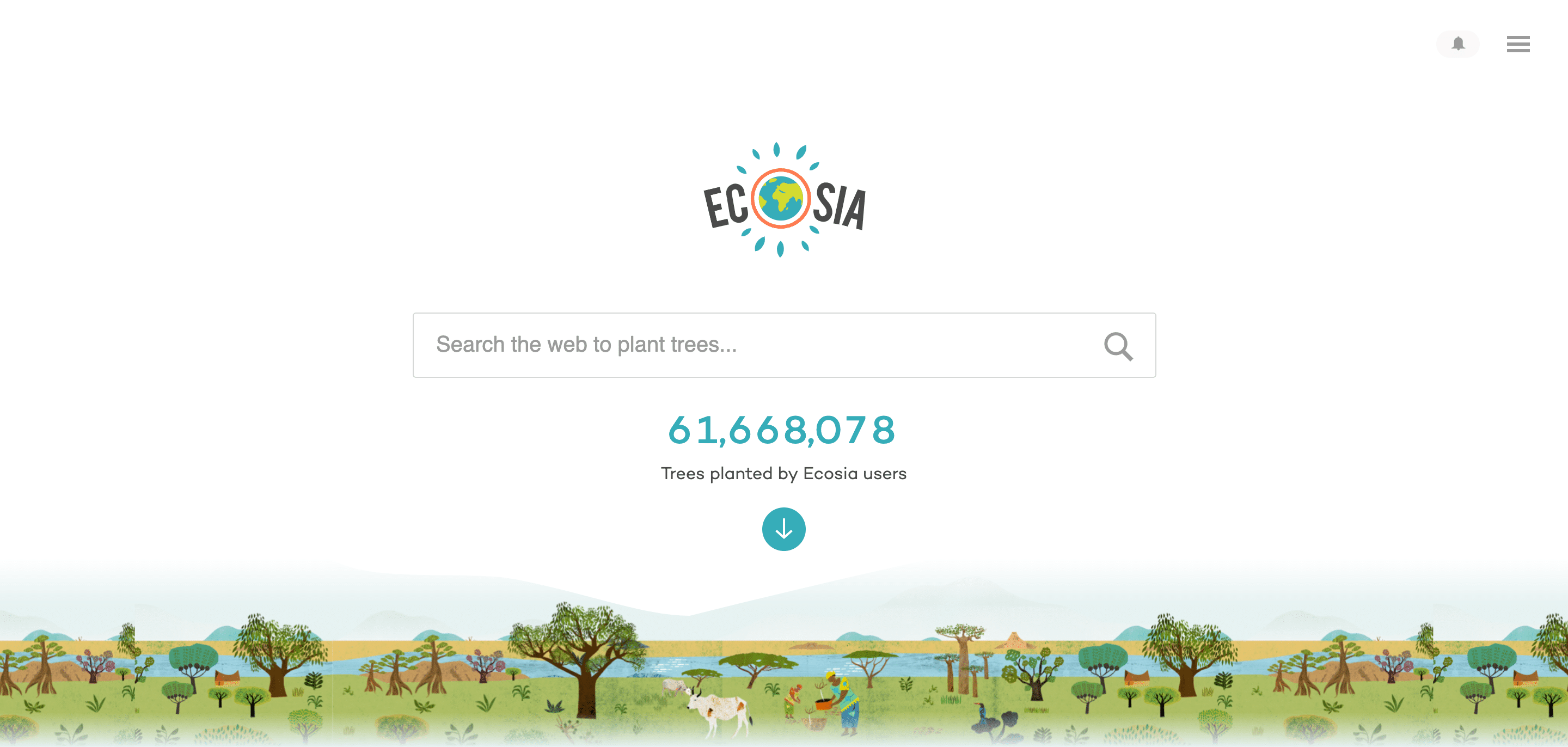
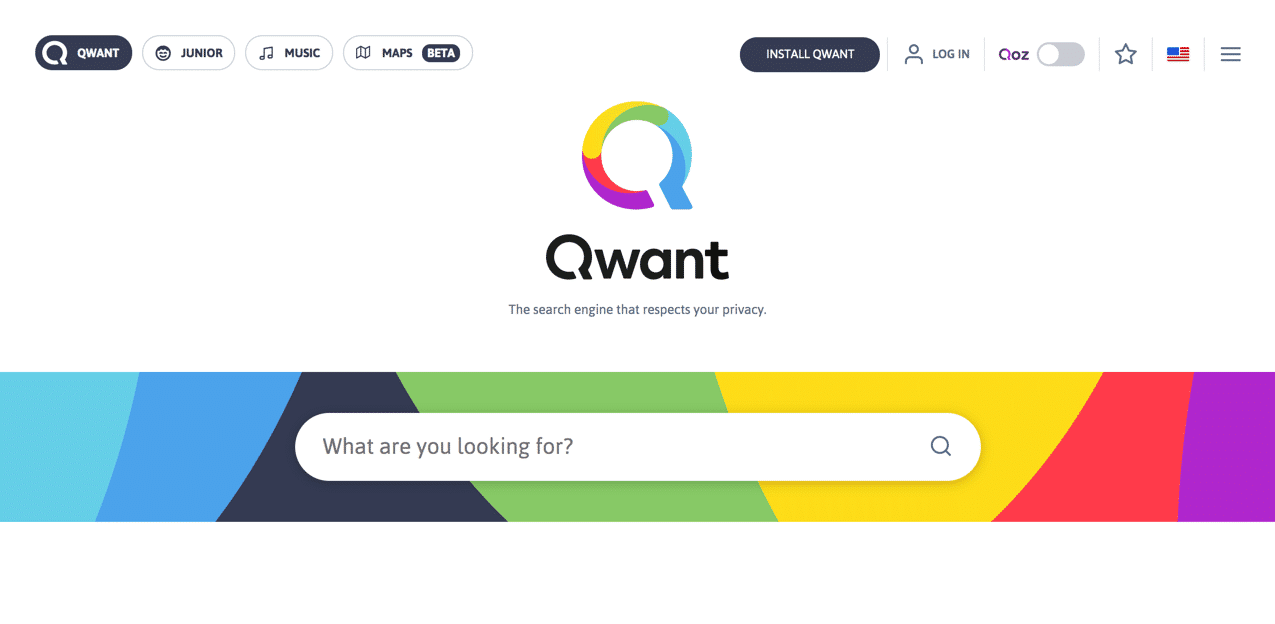


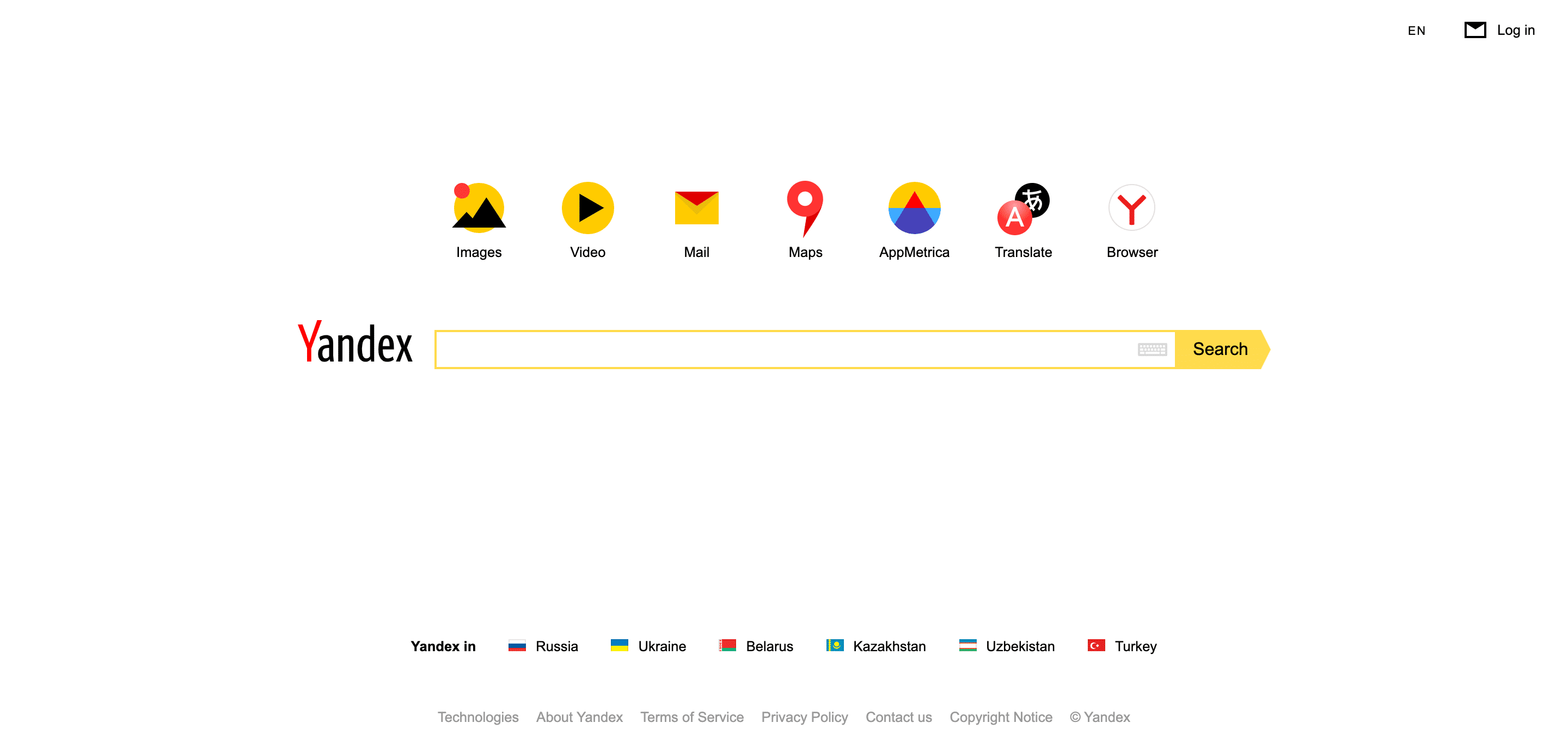

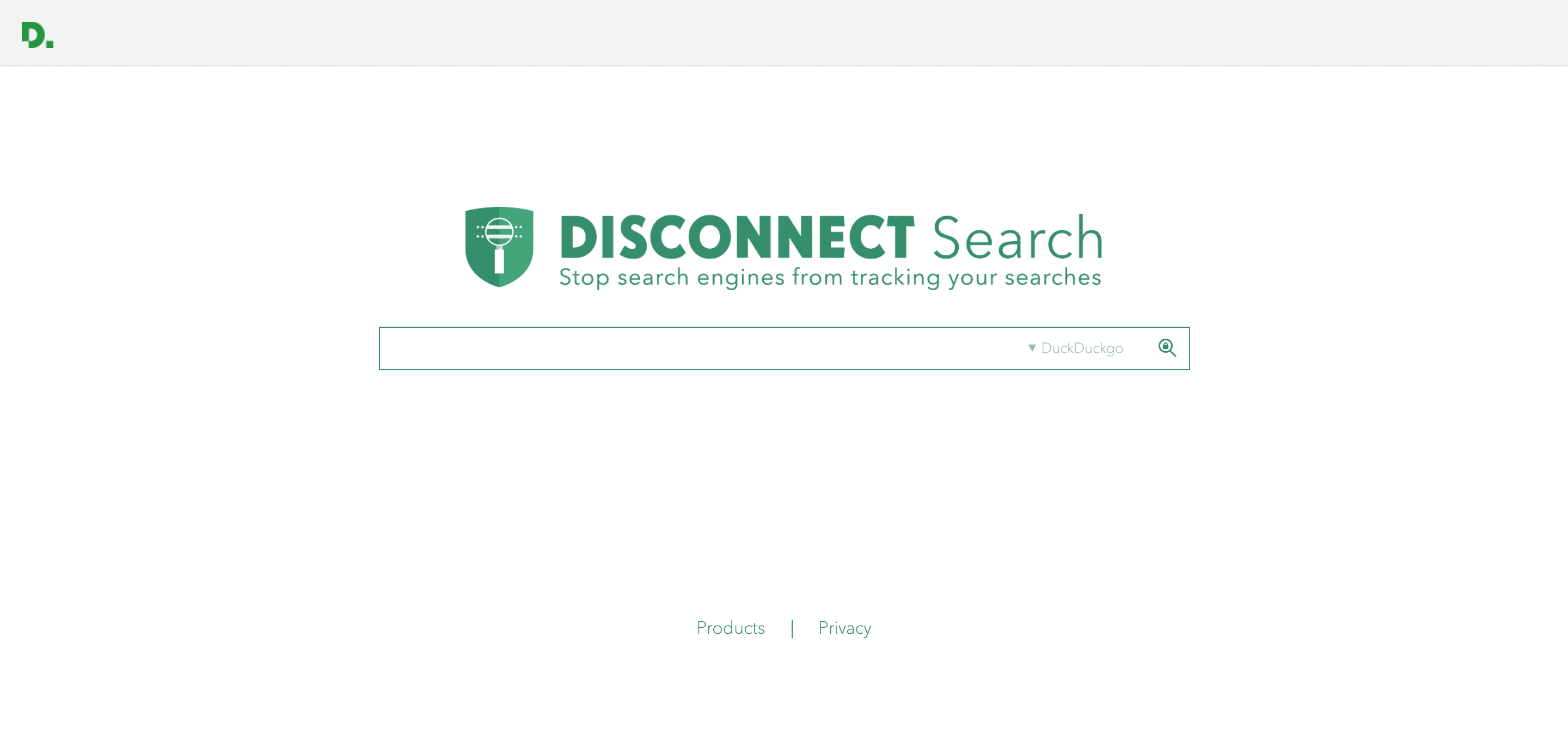
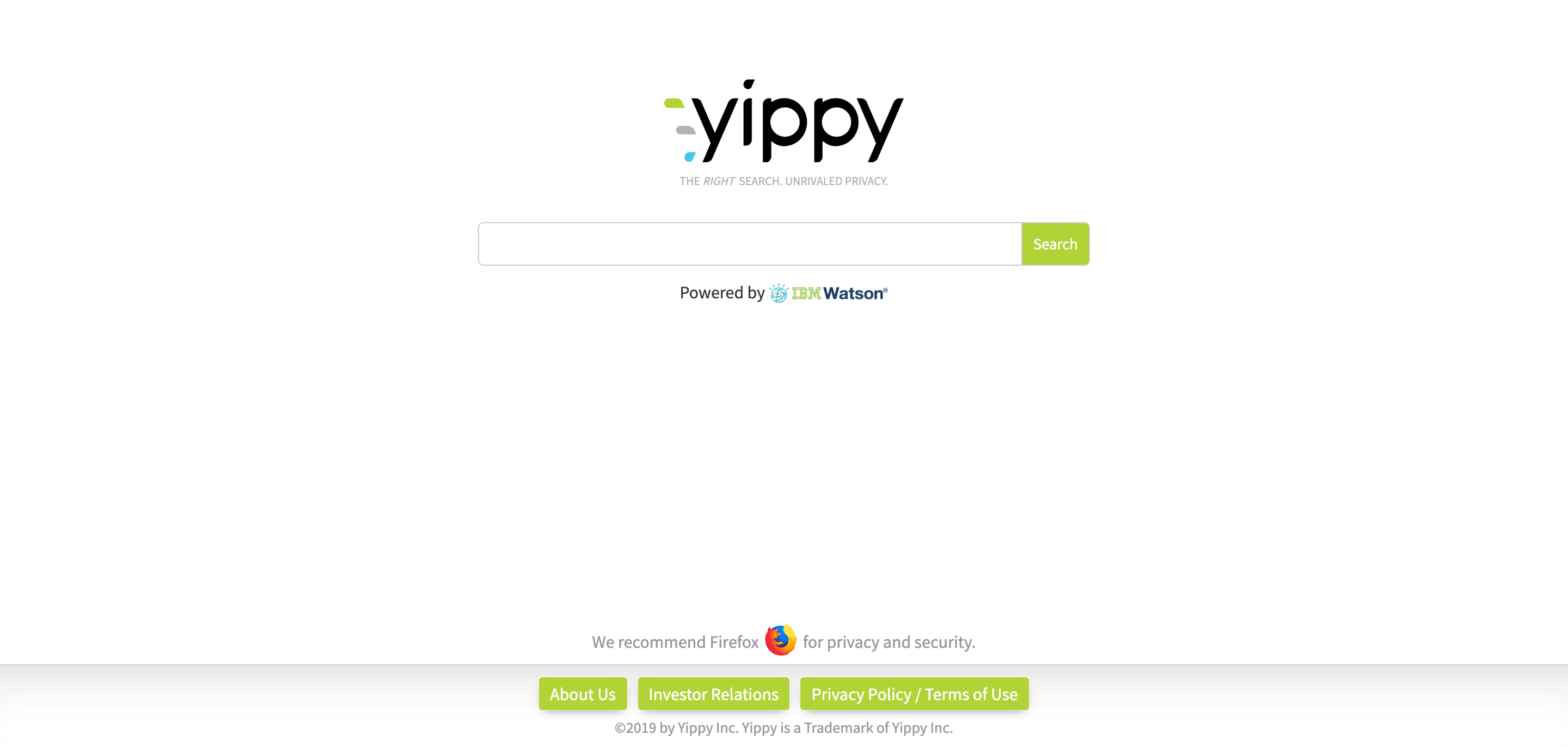
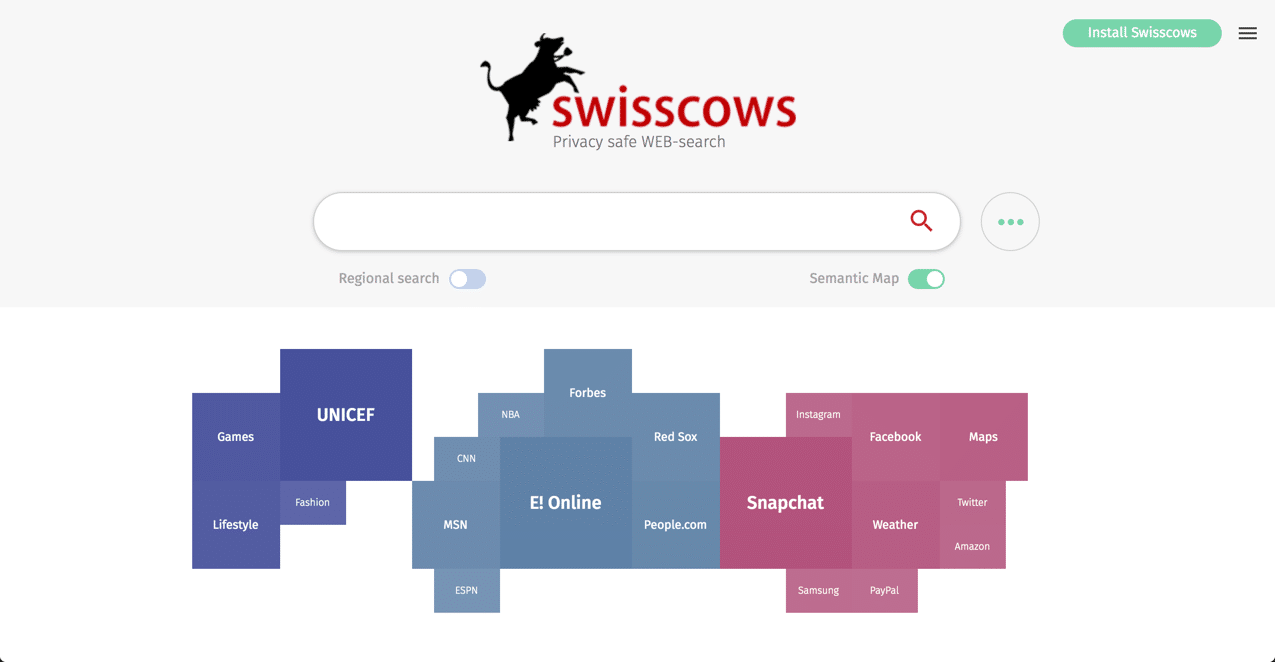
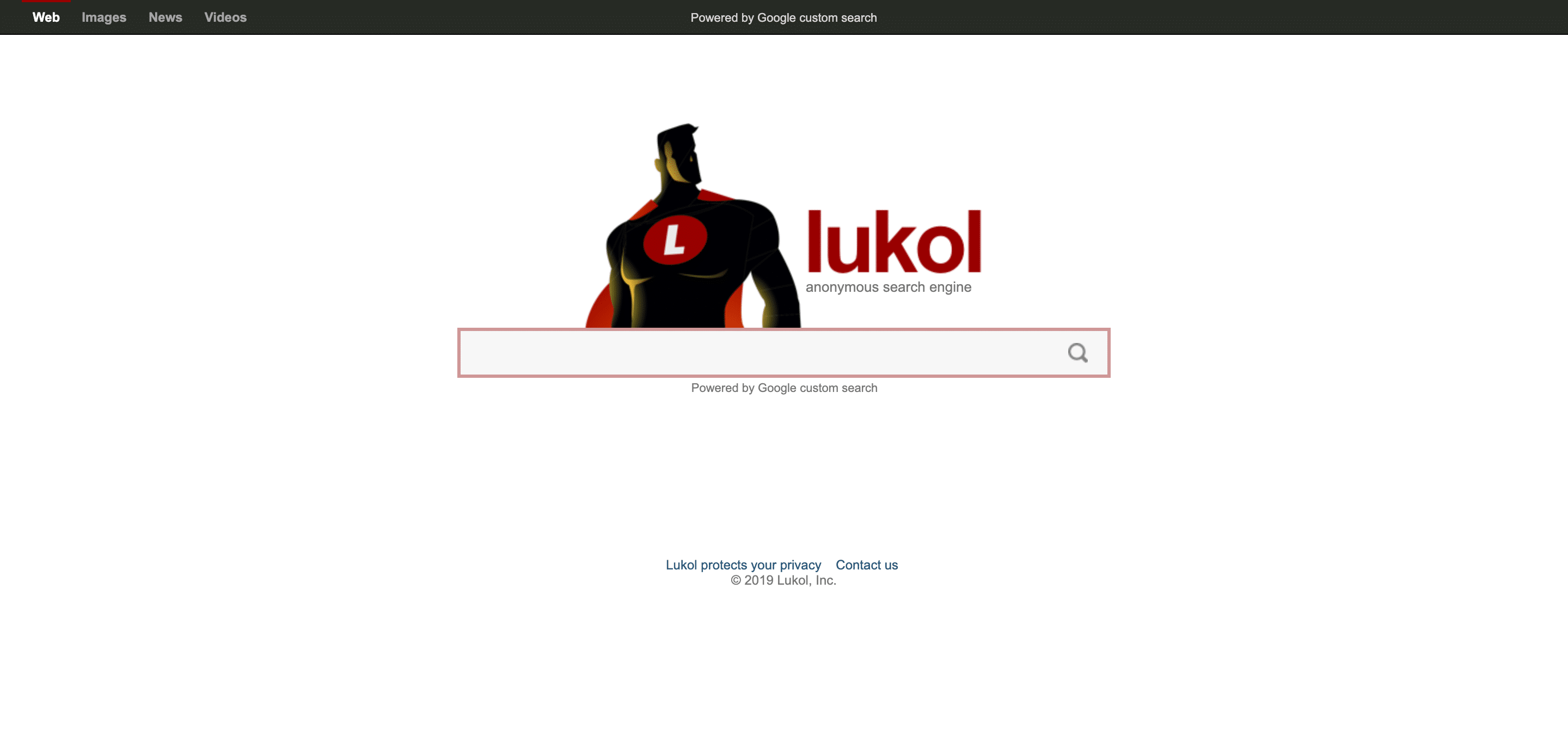
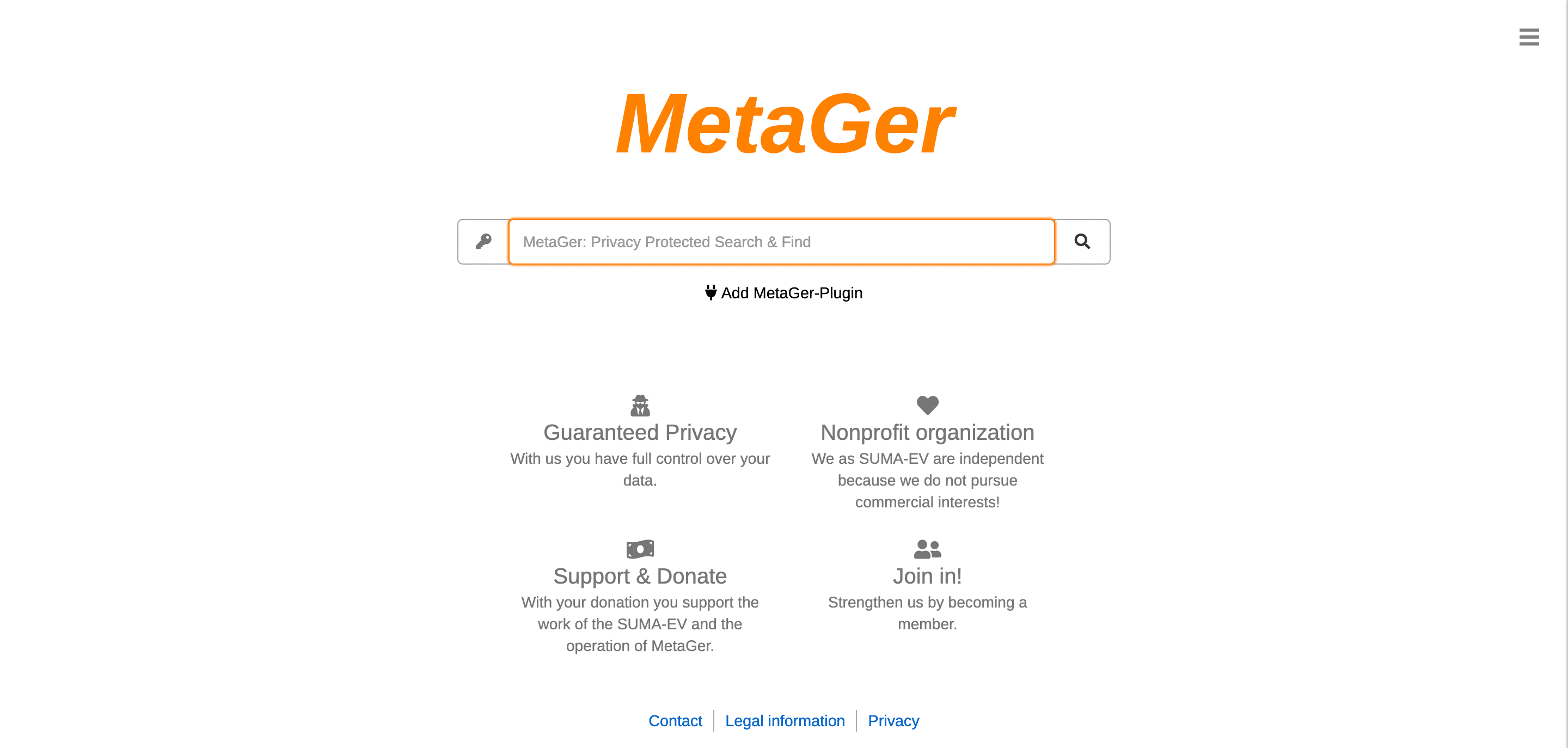

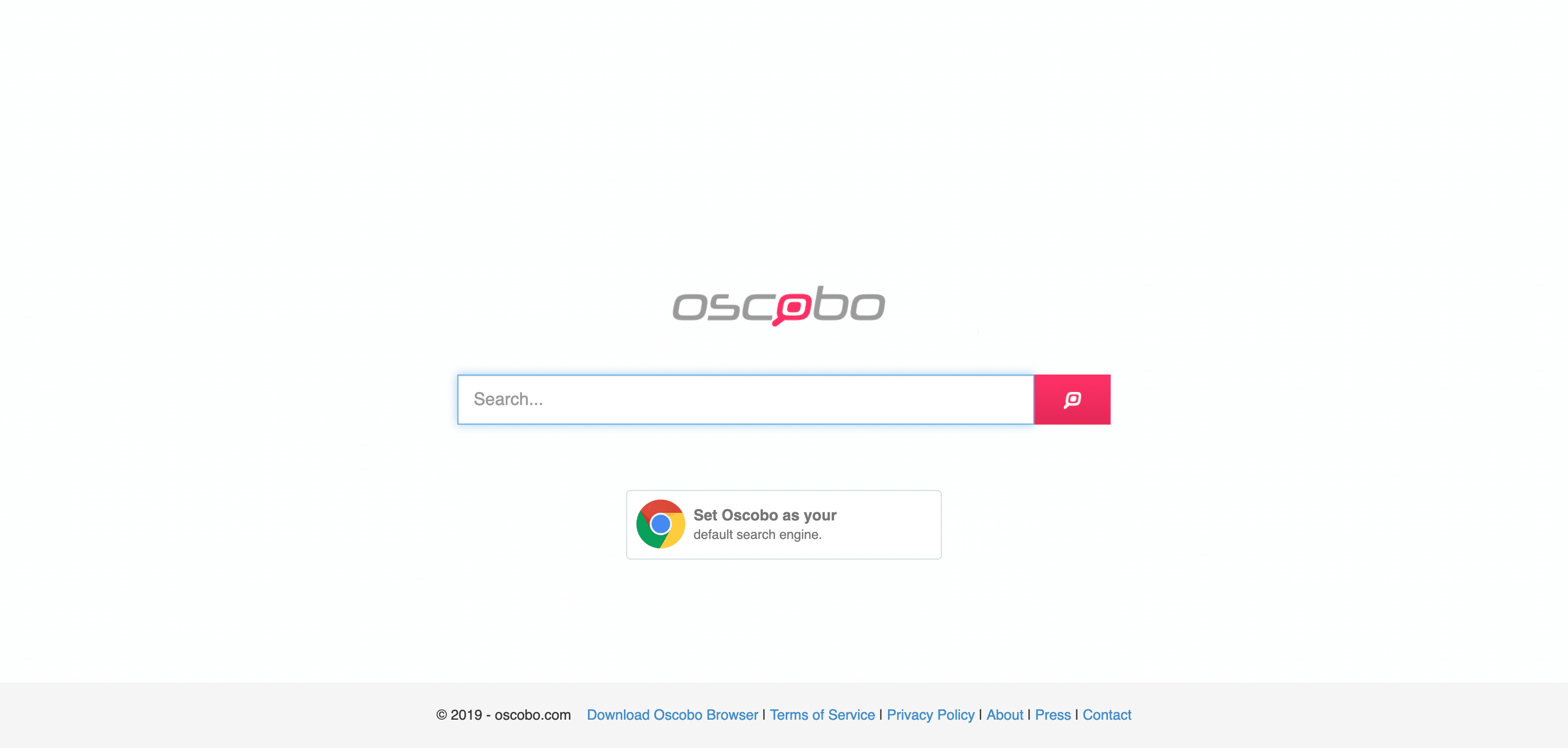


Stop missing out on traffic. At SEO & SEA Marketing, you’ll get found online using local SEO.
Our campaigns are optimized for both search engines and users.
We optimize every campaign for maximum ROI and visibility.
We help you reach the right audience at the right time.
Our campaigns are optimized for both search engines and users.
We stay ahead of trends to keep your business competitive.
For more information visit our social media:
Facebook
Instagram
Reddit
LinkedIN
Summer this year delivers amazing opportunities for budget-conscious travelers pursuing unforgettable experiences without depleting the bank.
To boost value, explore destinations and strategies that blend affordability with adventure.
Eastern Europe, like Poland or Hungary, is a gem—vibrant cities like Krakow or Budapest offer rich history, stunning architecture, and delicious cuisine at a slice of Western Europe’s costs.
Hostels and Airbnb rentals launch at $20–$30 per night, and hearty meals cost under $10. Southeast Asia, including Vietnam and Thailand, remains a top pick for tropical vibes.
Think Hanoi’s bustling markets or Chiang Mai’s serene temples, with street food at $1–$3 and guesthouses around $15.
For North Americans, Mexico’s Riviera Maya unites pristine beaches with cultural sites like Tulum, where all-inclusive deals kick off at $80/night.
Secure flights early, use fare alerts, and opt for public transport to save. Traveling off-peak (June or late August) reduces costs further.
With wise planning, your summer adventure can be both affordable and incredible!
Get your value-for-money travel right now!
Best life rx canadian pharmacy support team no prescription foreign pharmacies online pharmacies tetracycline
kraken darknet market
Заказать мебель в Москве chudo-magazin.ru
Корпусная мебель — это то, без чего не может быть ни одна квартира. Приобрели дом и ищите новую мебель? Или всего лишь желаете обновить старую? А может быть Вам не хватает всего одного предмета интерьера, в виде комода? Тогда спешите посетить наш интернет магазин chudo-magazin.ru и скорее оформляйте заказ. Представляем любую корпусную мебель высшего качества на заказ по индивидуальным параметрам в Москве. Работаем как с проектами под ключ, также и воплощаем единичные предметы мебели. Быстро, в срок и по выгодным расценкам.
По вопросу [url=https://chudo-magazin.ru/internet_magazin/folder/napolnye-zerkala-v-derevyannoj-rame]зеркало напольное купить[/url] мы с удовольствием Вам окажем помощь. Мы производим заказы по Москве, а также доставку и сборку. Наш офис расположен по адресу: г. Москва, ул. Академика Королева, д. 13, с. 1. Звоните по контактному номеру телефона +7(903)724-60-28 и задавайте оставшиеся вопросы. Также прямо на нашем интернет портале Вы сможете получить консультацию специалиста, прислать нам Ваш дизайн проект, заказать замерщика или задать любой вопрос. Мы всегда на связи с нашими покупателями, готовы помочь в любой ситуации.
На портале chudo-magazin.ru возможно увидеть выбор выполненных нами работ. Это и гостиные, стулья, шкафы, диваны, ресепшен, комоды и многое другое. Всё исполнено точно по указанию покупателя.
Сейчас всё чаще люди прибегают к услугам дизайнера, где разрабатывается дизайн проект всей площади жилья. В том случае разговоры по поводу мебели, её габаритов, состава чаще происходит с дизайнером. Если у Вас свои собственные желания и идеи, мы с удовольствием их реализуем в жизнь. Если идей нет совсем, но есть нужда в мебели, наши собственные дизайнеры Вам окажут помощь.
Искали [url=https://chudo-magazin.ru/]изготовление мебели на заказ[/url] в сети интернет? Переходите на наш веб ресурс. За время работы у нас появилось много отзывов от радостных заказчиков и чистая репутация. Желаете быть счастливым владельцем мебели на заказ? Ожидаем Вас уже сегодня.
Hello! I simply want to give you a huge thumbs up for the excellent info you have here on this post. I am returning to your blog for more soon. Jimmy Tongren
It’s awesome to pay a visit this web site and reading the views of all friends about
this post, while I am also zealous of getting familiarity.
I know this web site presents quality based posts and other
information, is there any other site which presents these kinds
of stuff in quality?
my website – Hood Robin
Hello! Quick question that’s completely off topic. Do you know how to make your site mobile friendly? My website looks weird when browsing from my iphone 4. I’m trying to find a template or plugin that might be able to fix this issue. If you have any suggestions, please share. Cheers!|
Spot on with this write-up, I truly feel this website needs a great deal more attention. I’ll probably be returning to see more, thanks for the information!|
Hi there! Someone in my Facebook group shared this site with us so I came to look it over. I’m definitely enjoying the information. I’m bookmarking and will be tweeting this to my followers! Terrific blog and amazing style and design.|
Nice weblog here! Also your web site loads up fast! What host are you using? Can I get your affiliate link in your host? I want my web site loaded up as quickly as yours lol| Sena Kirk Linetta